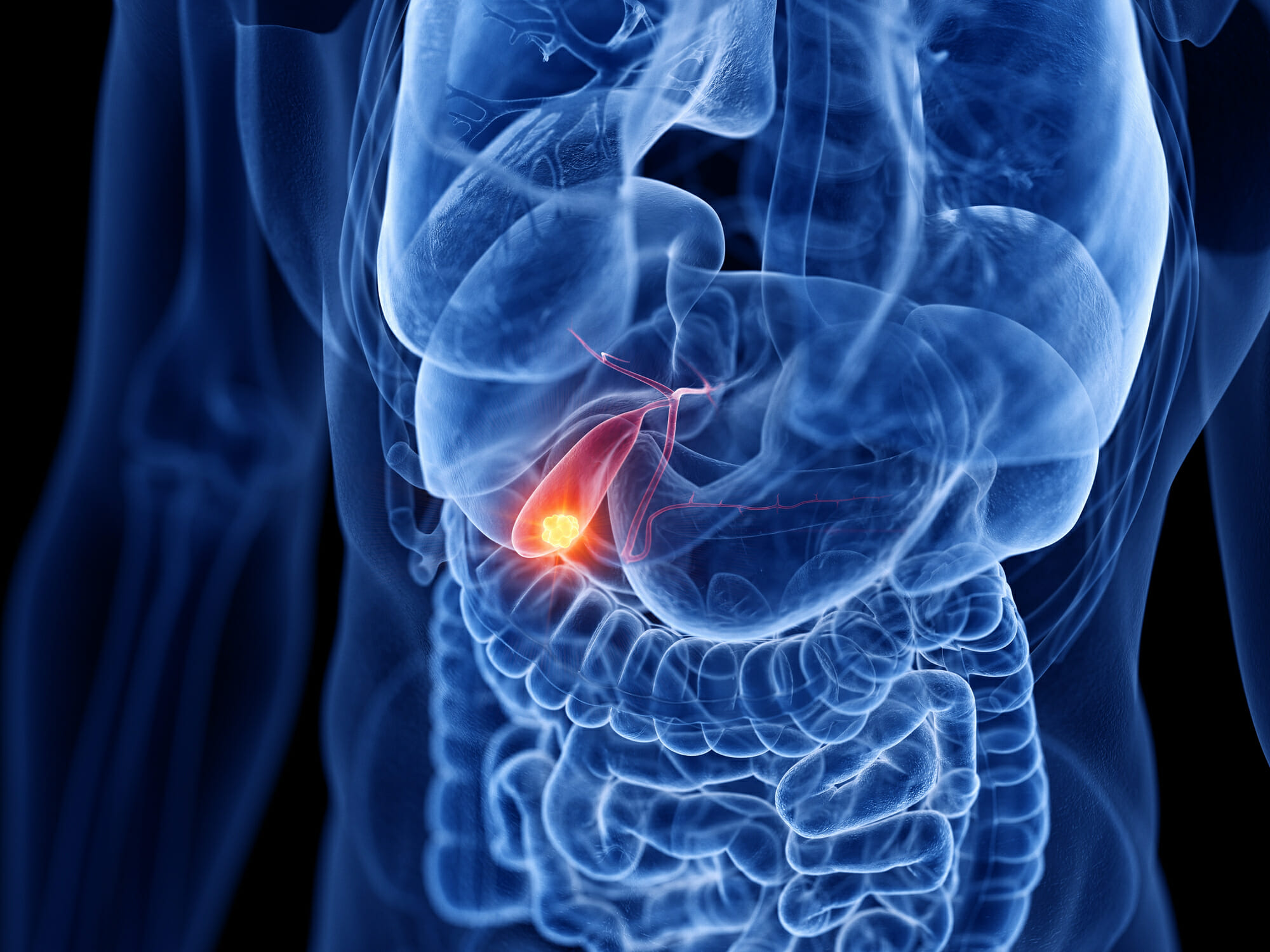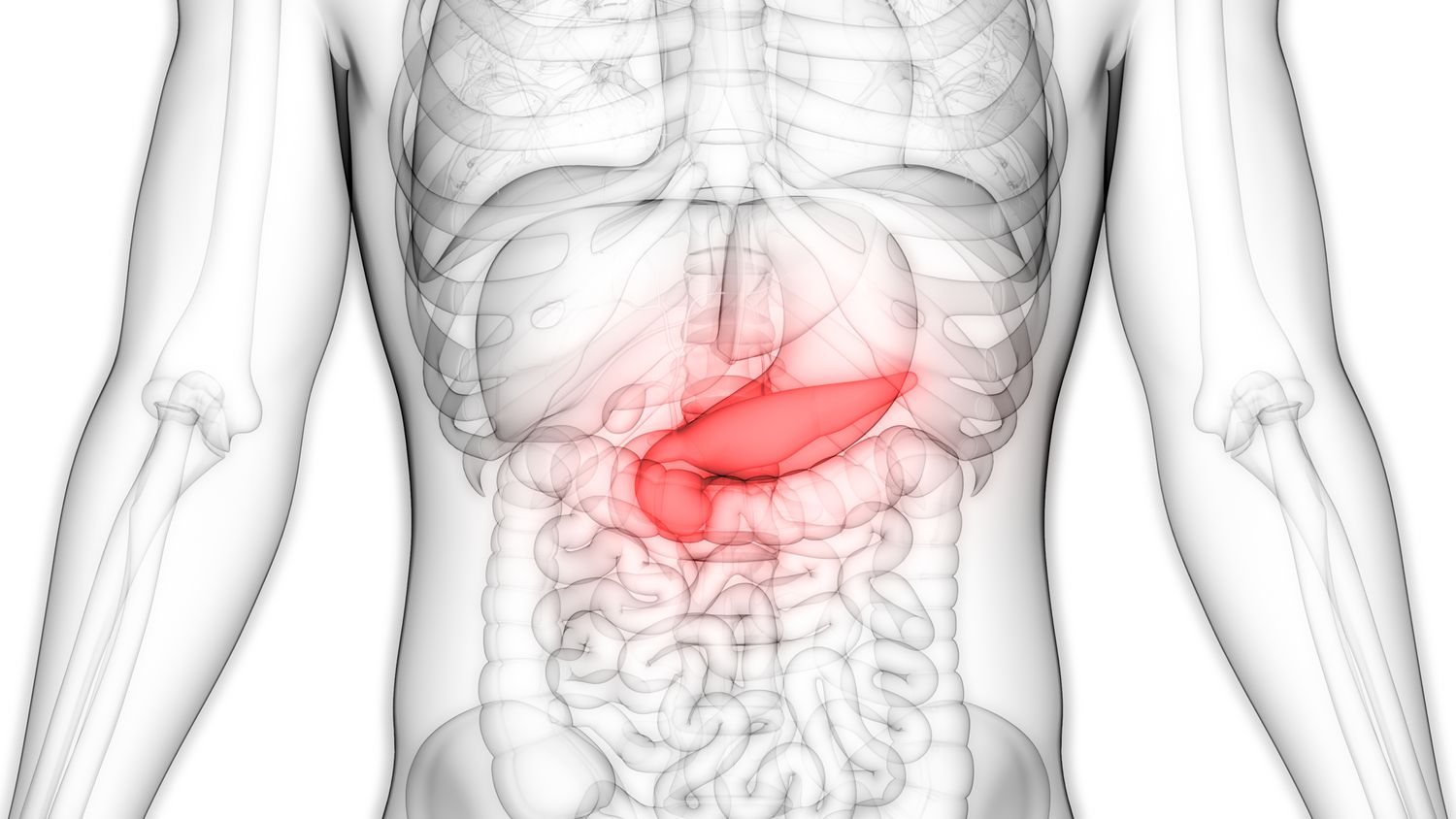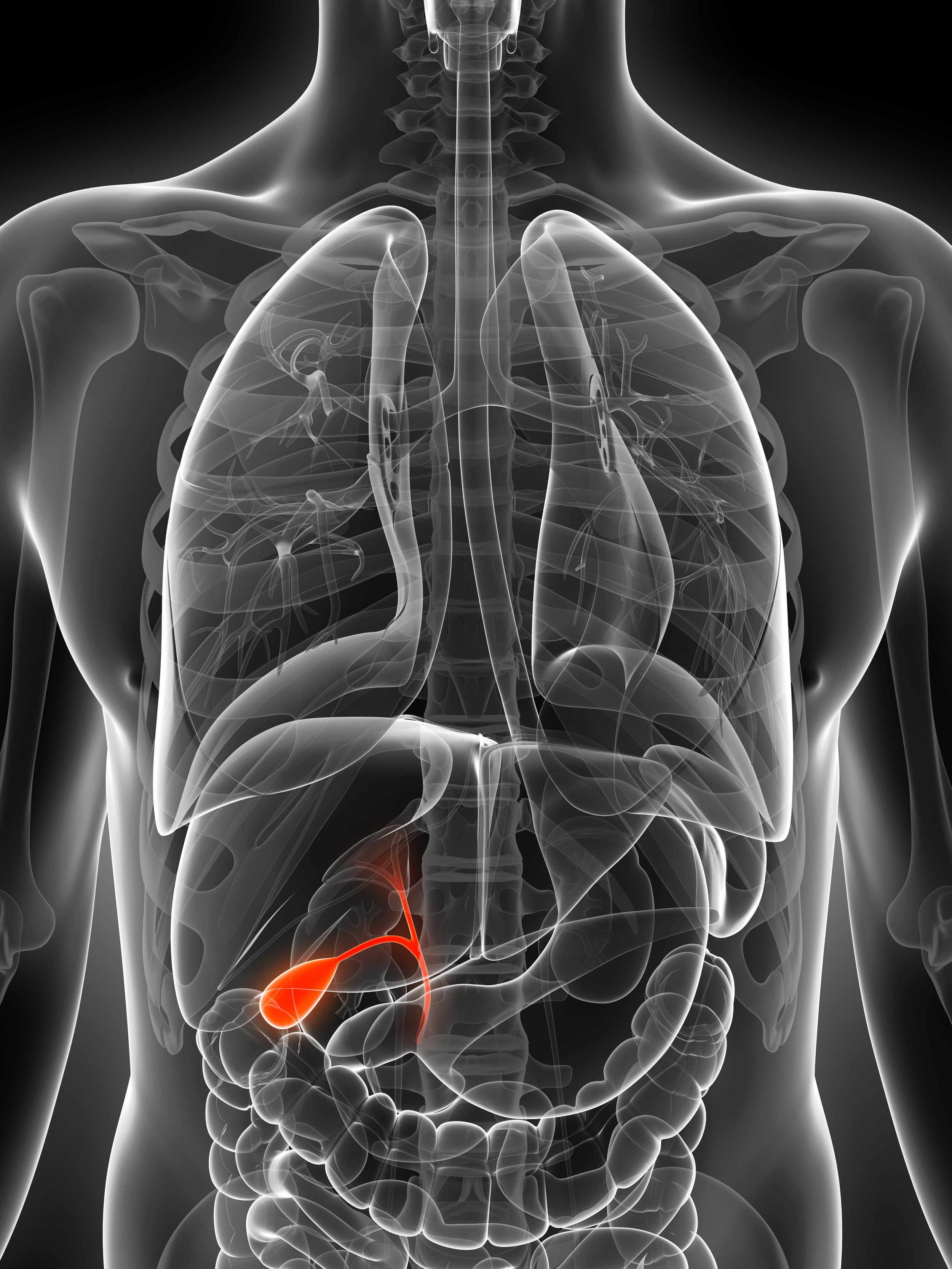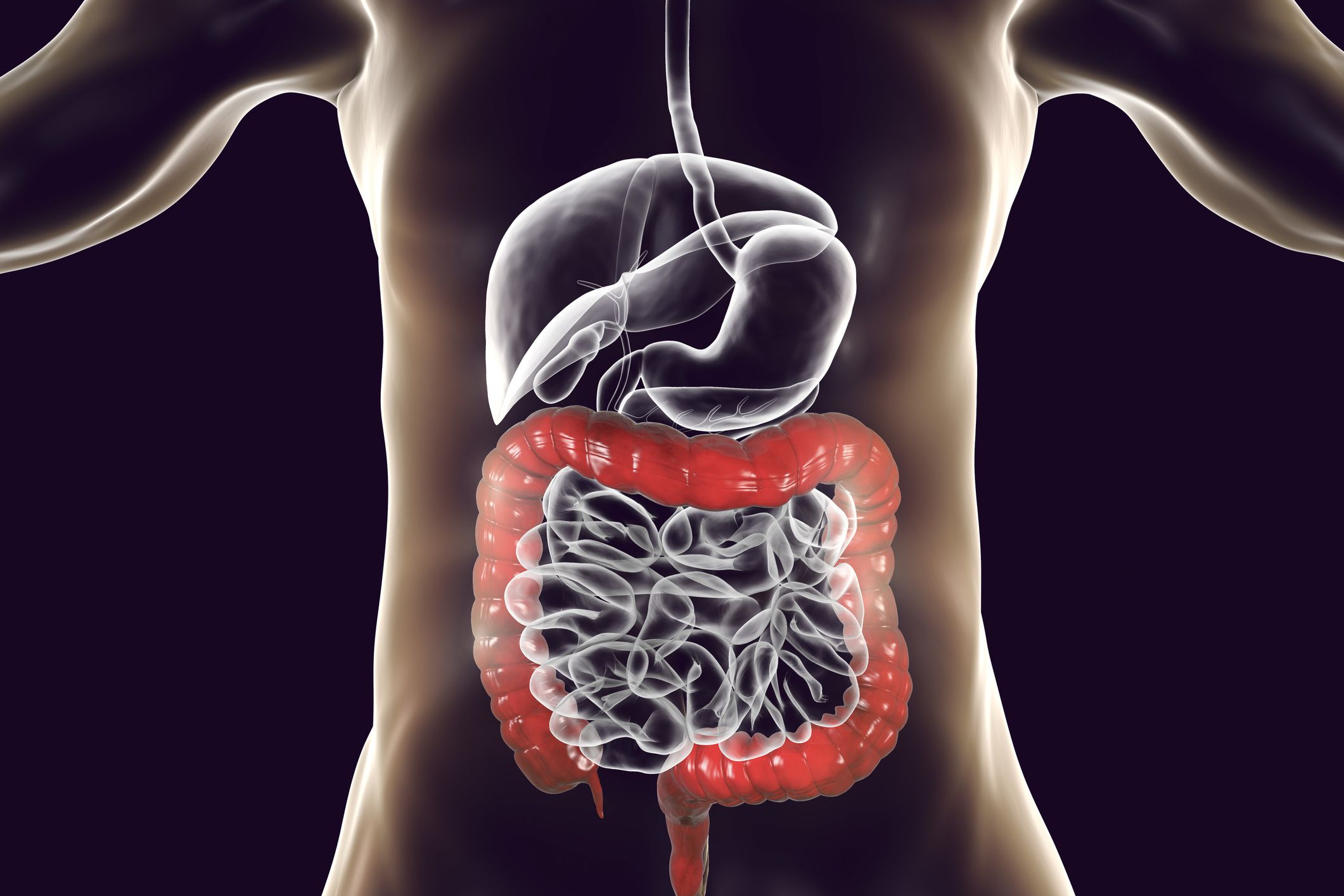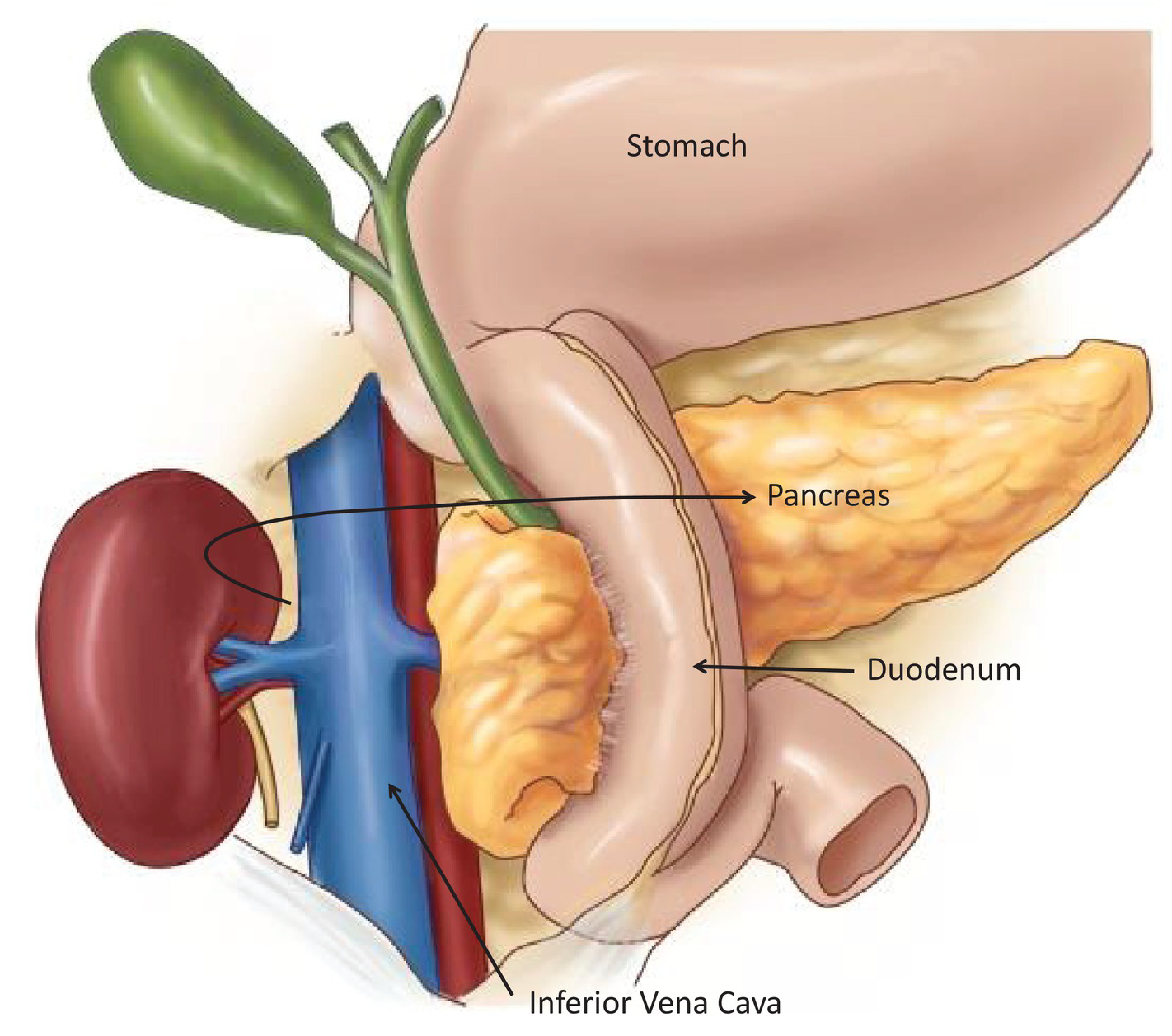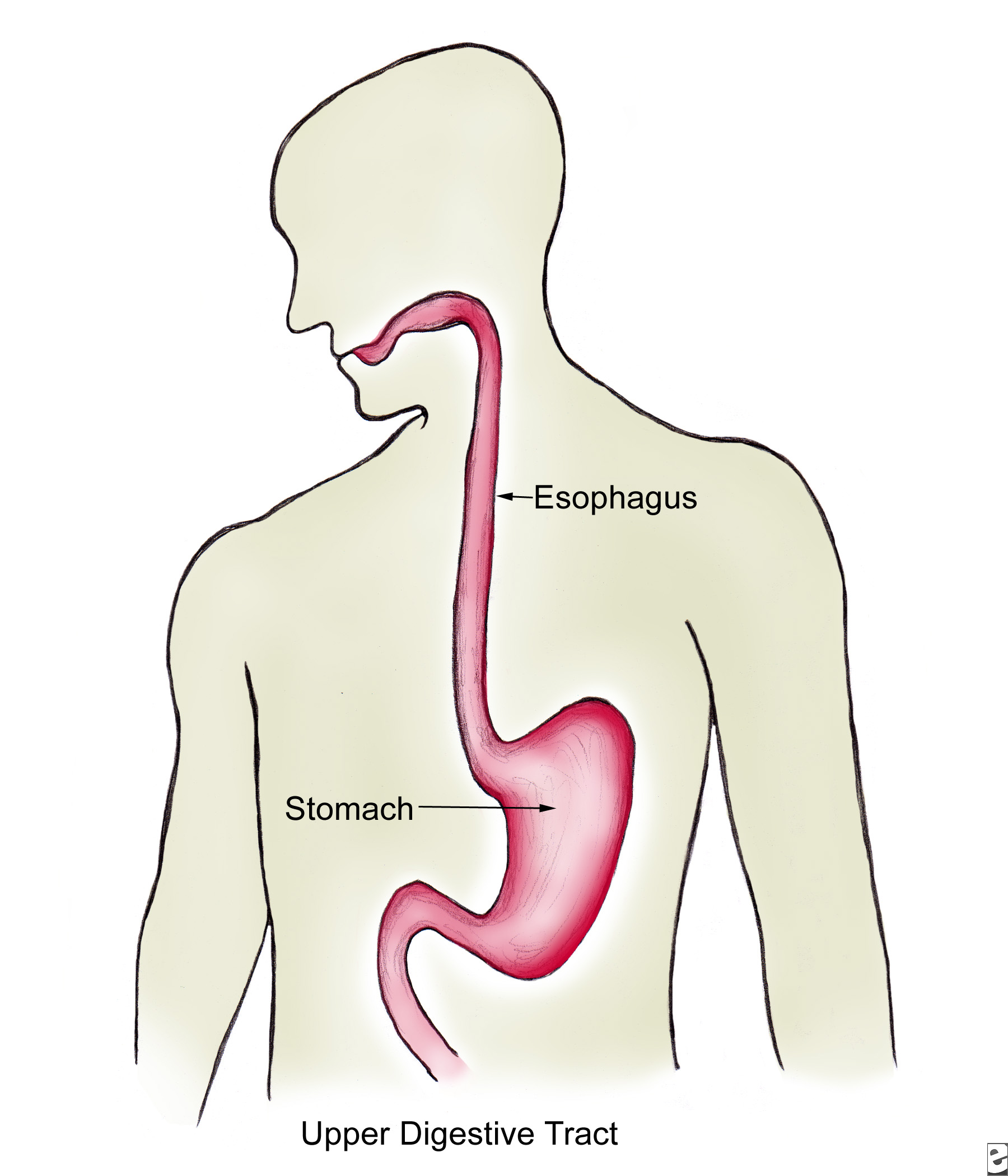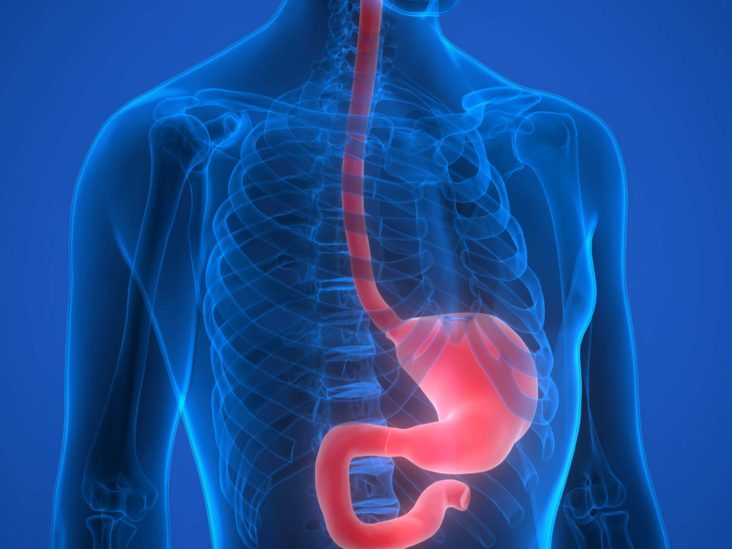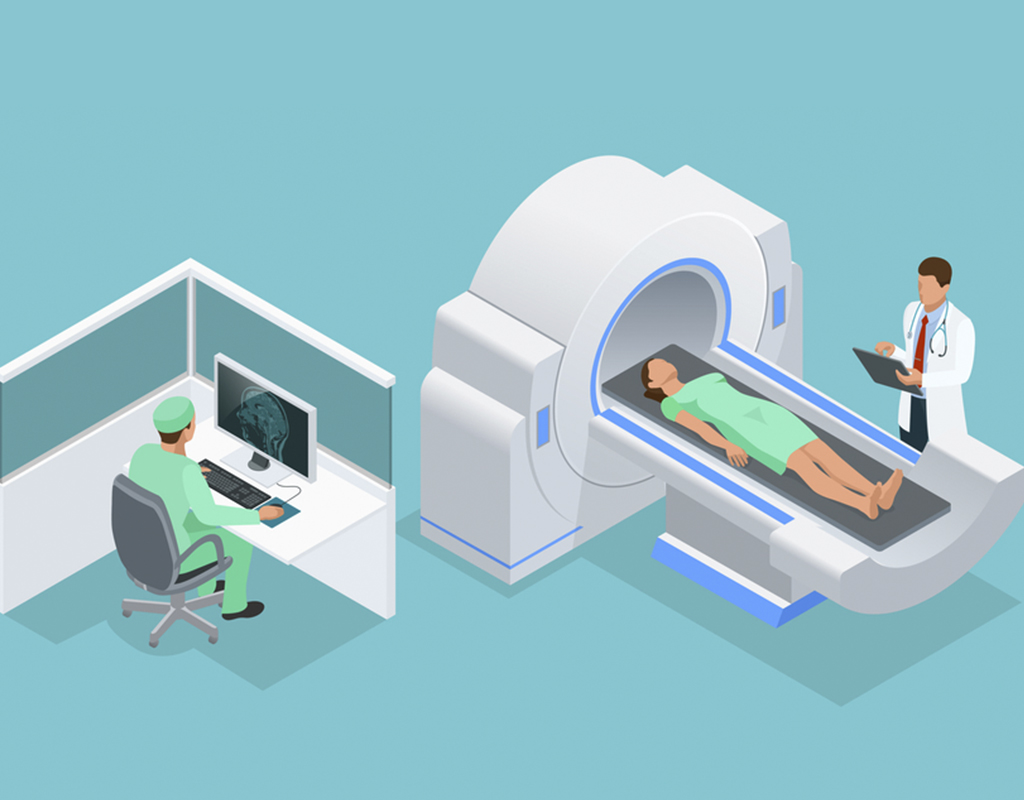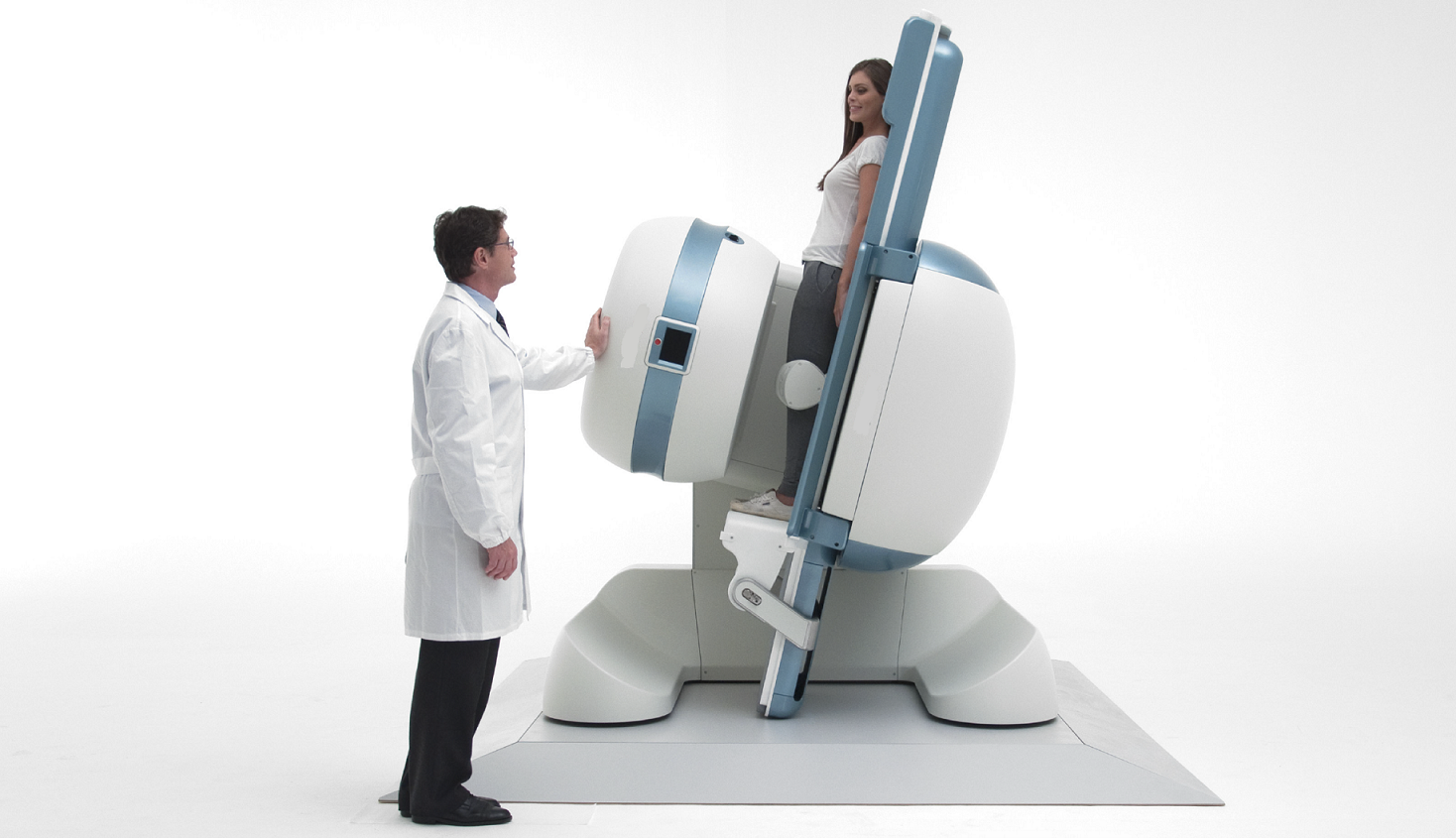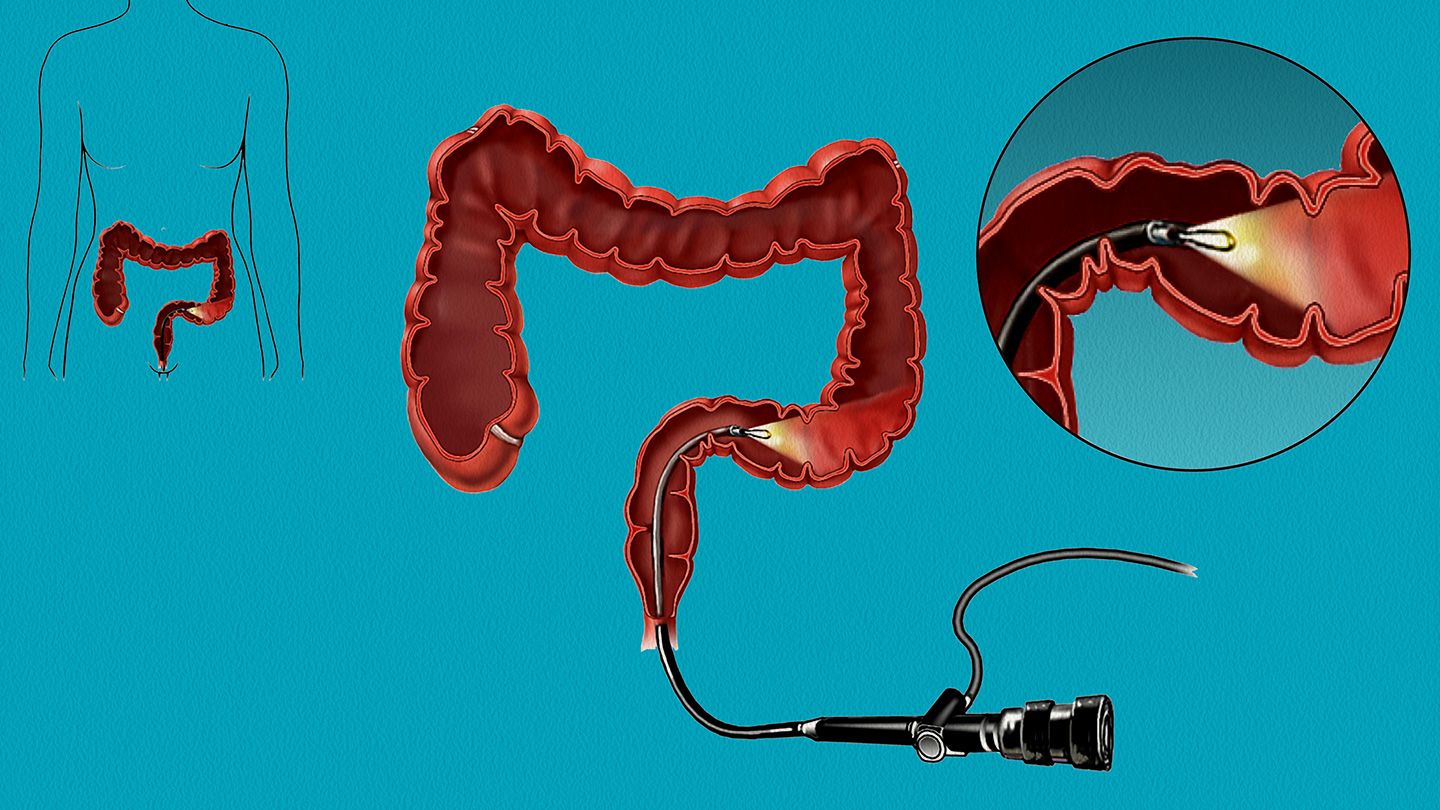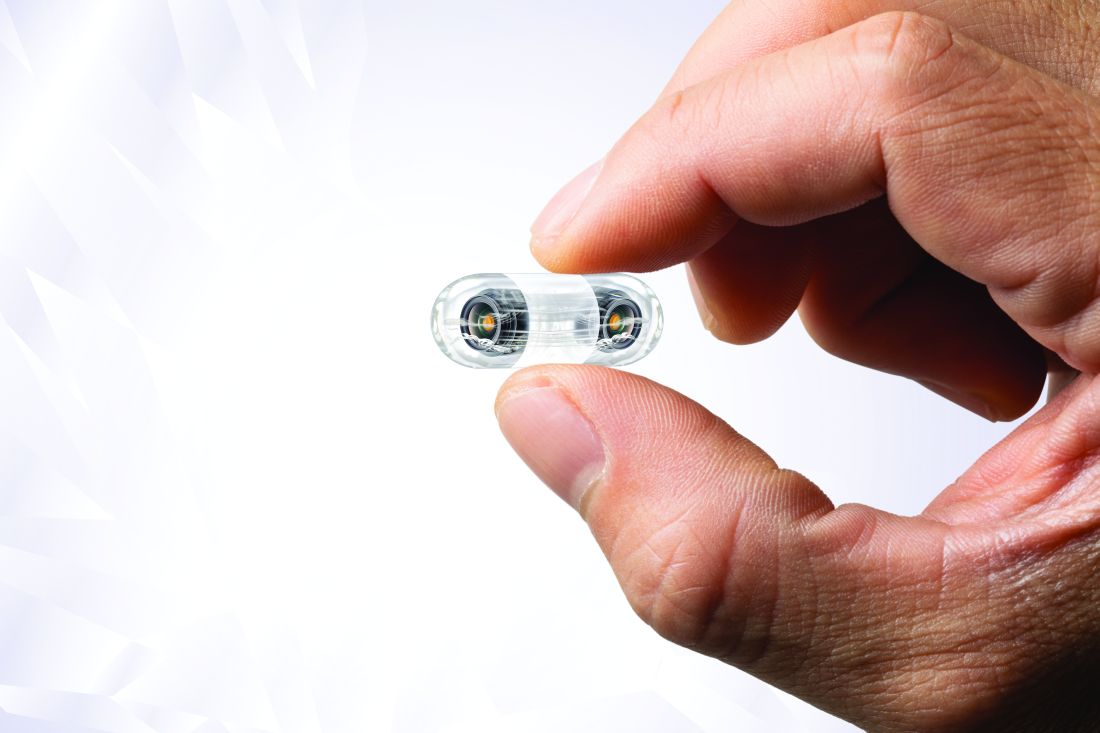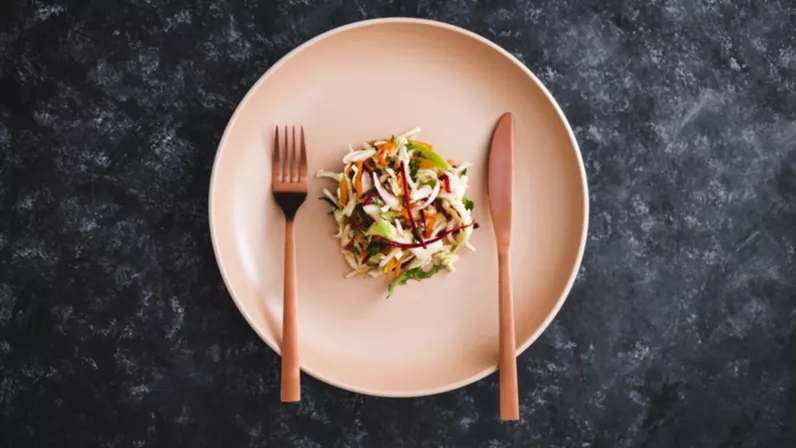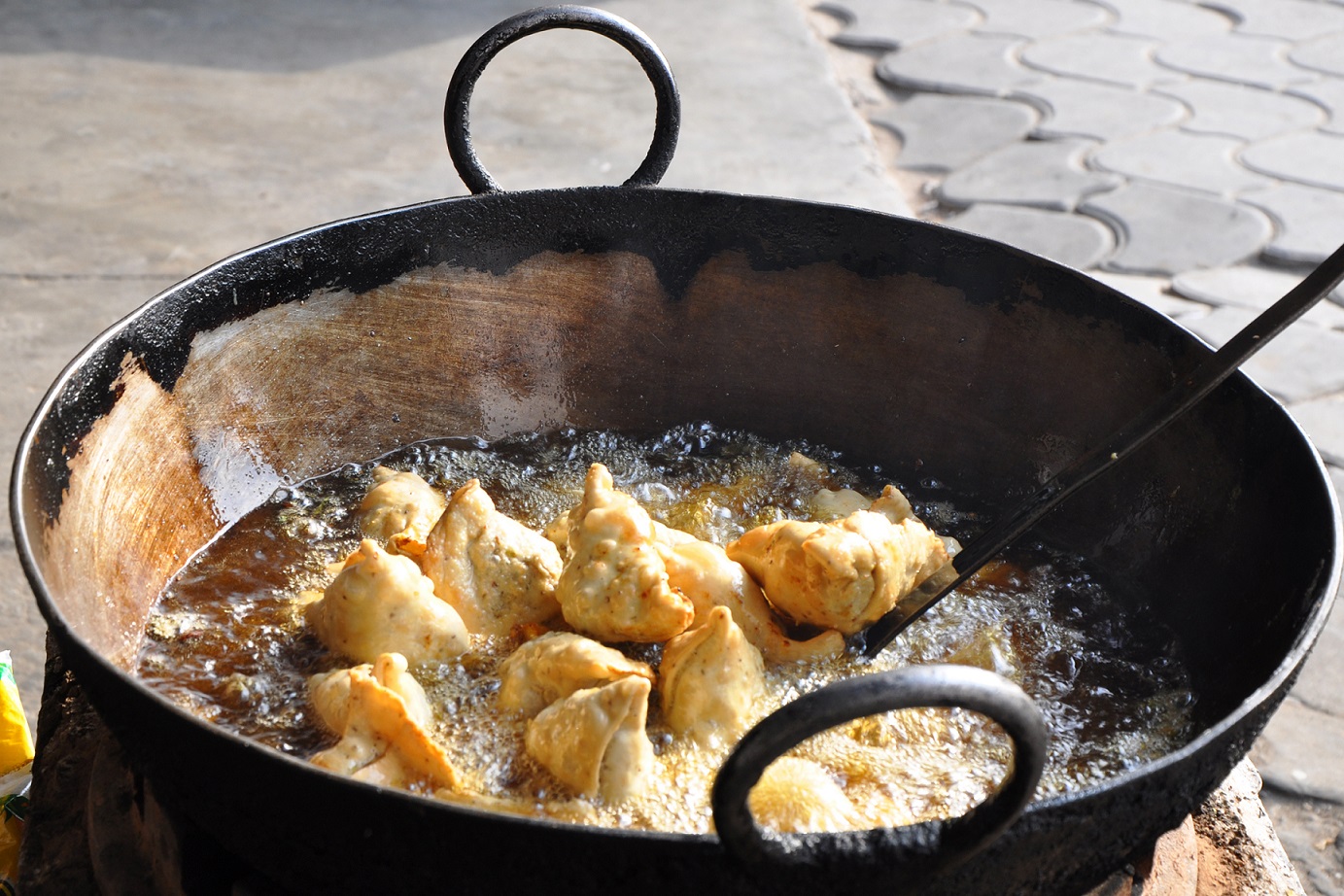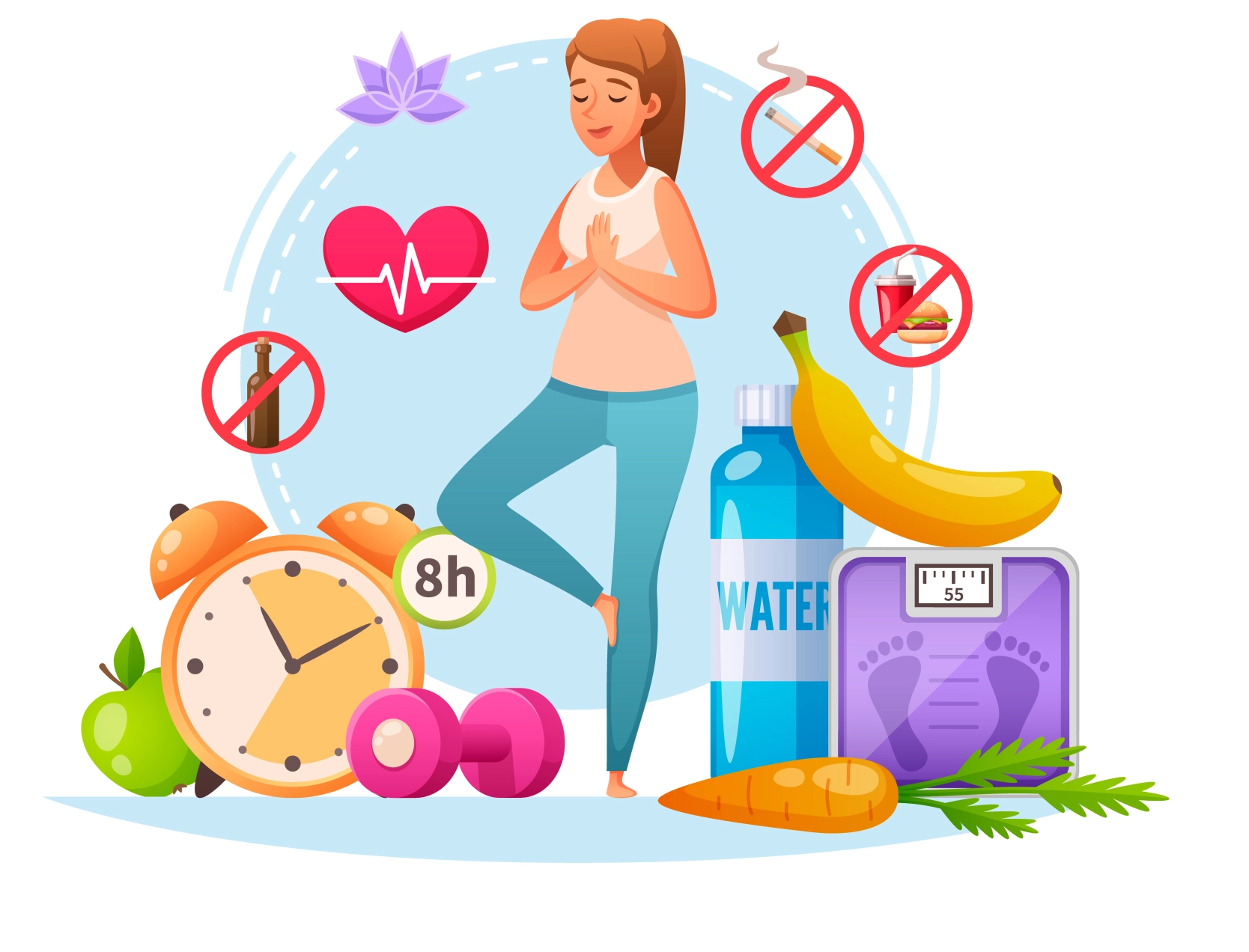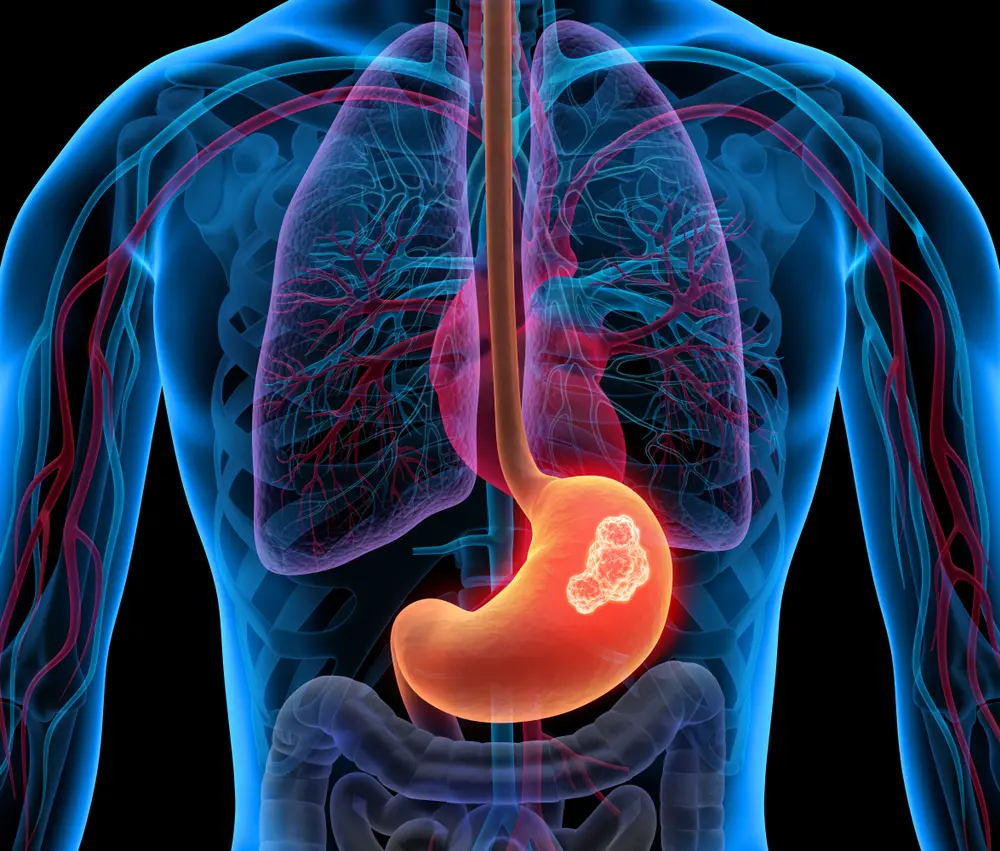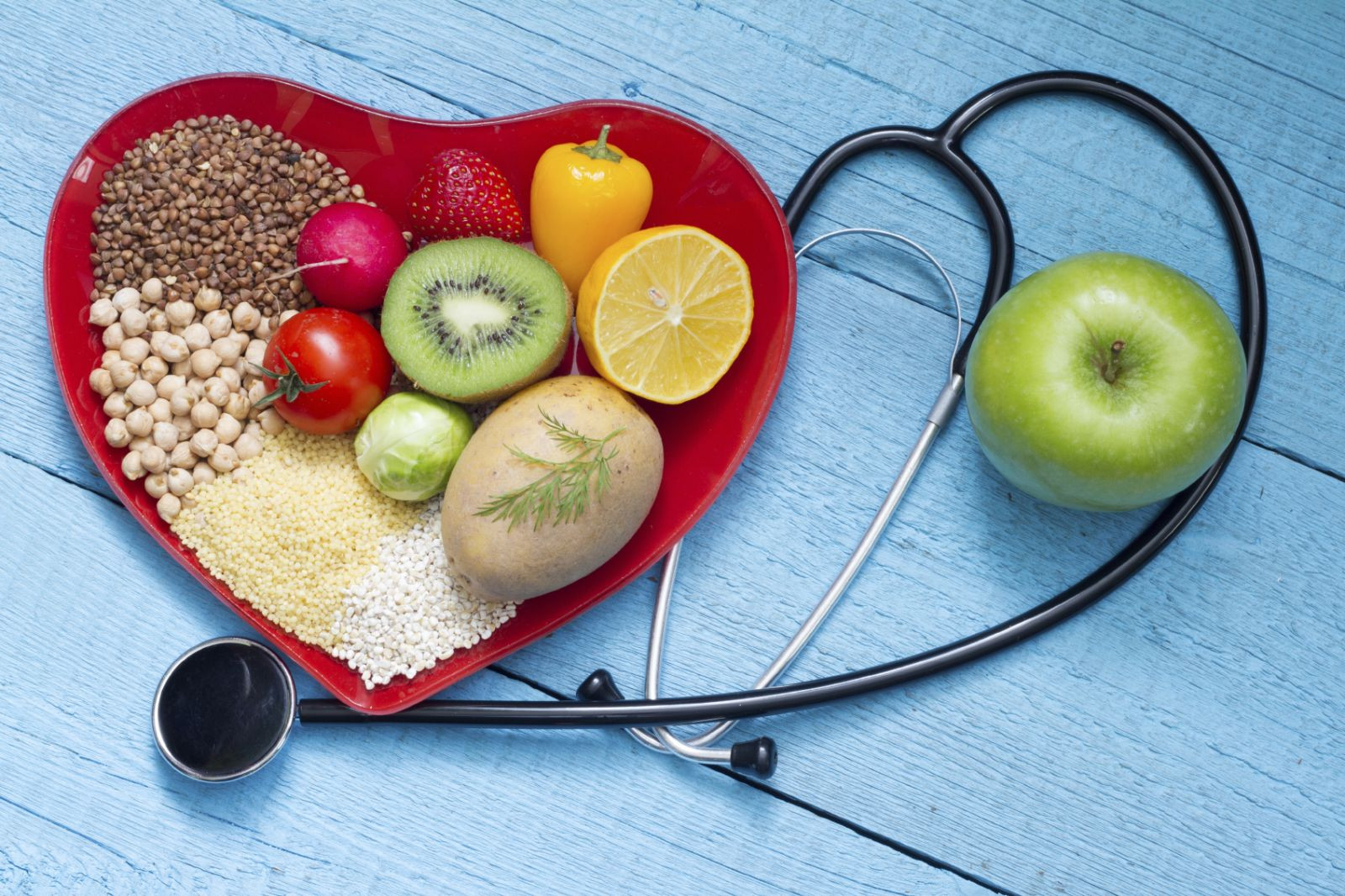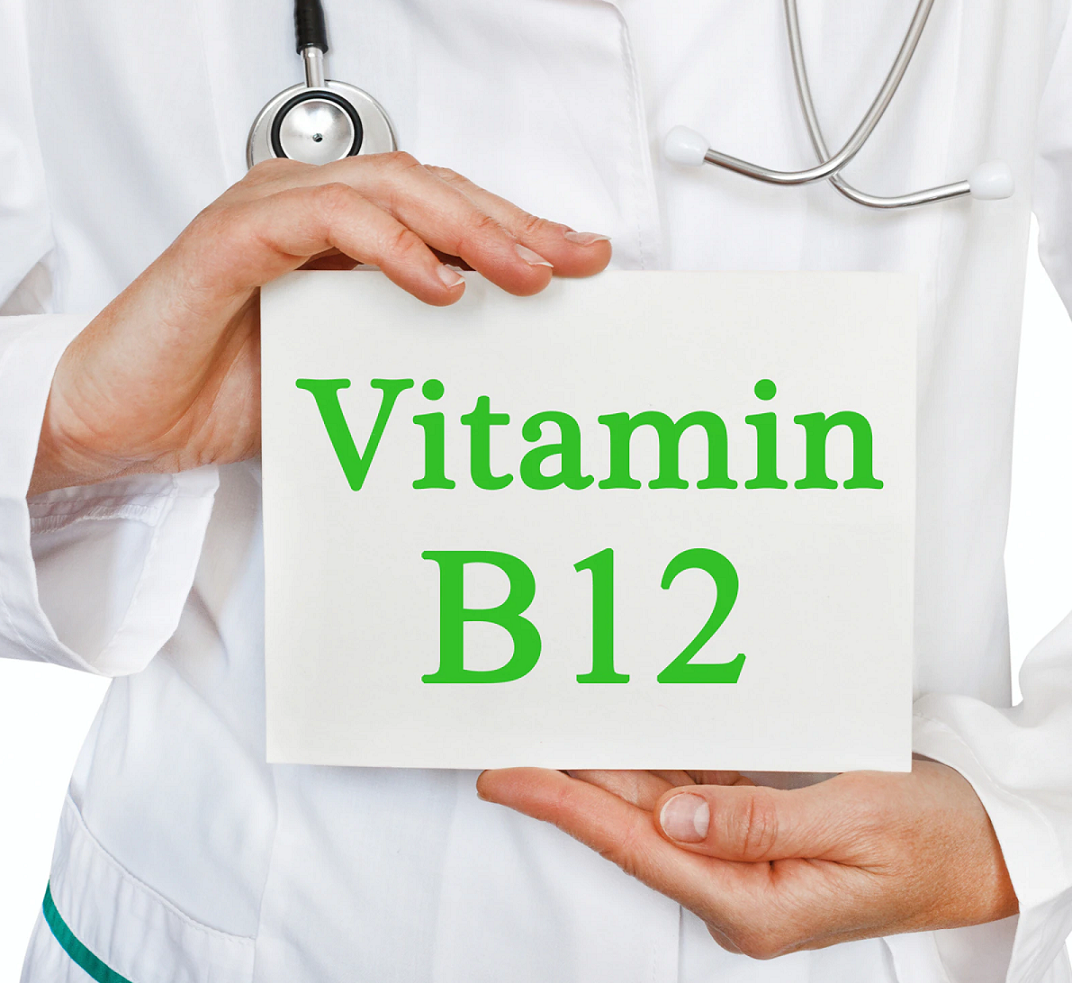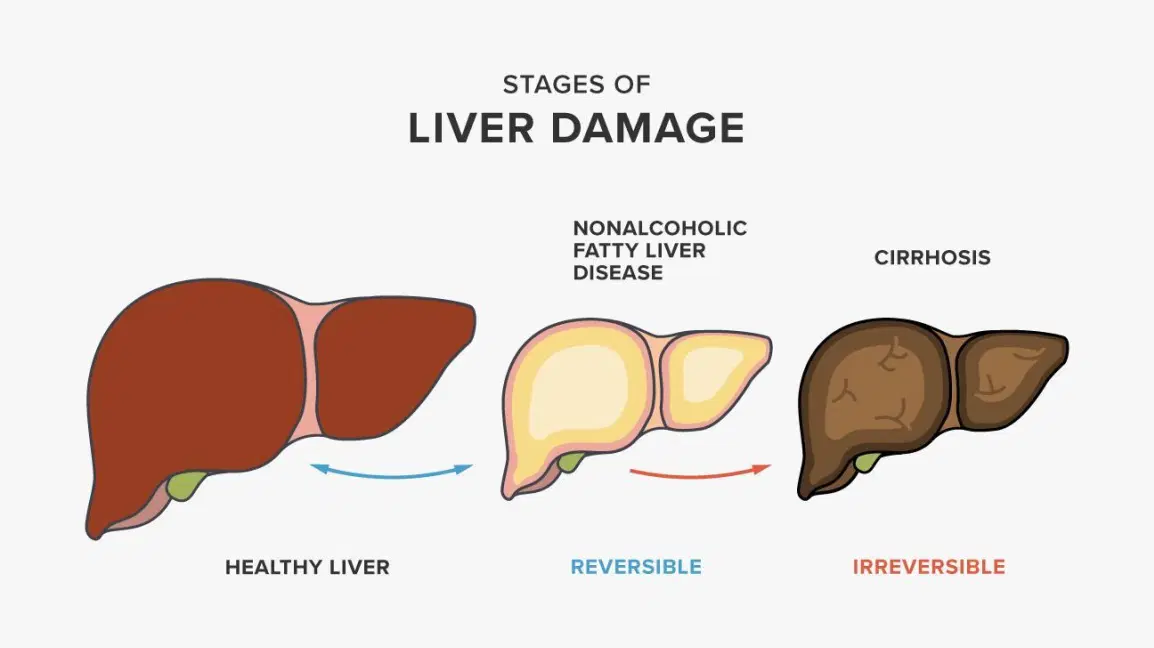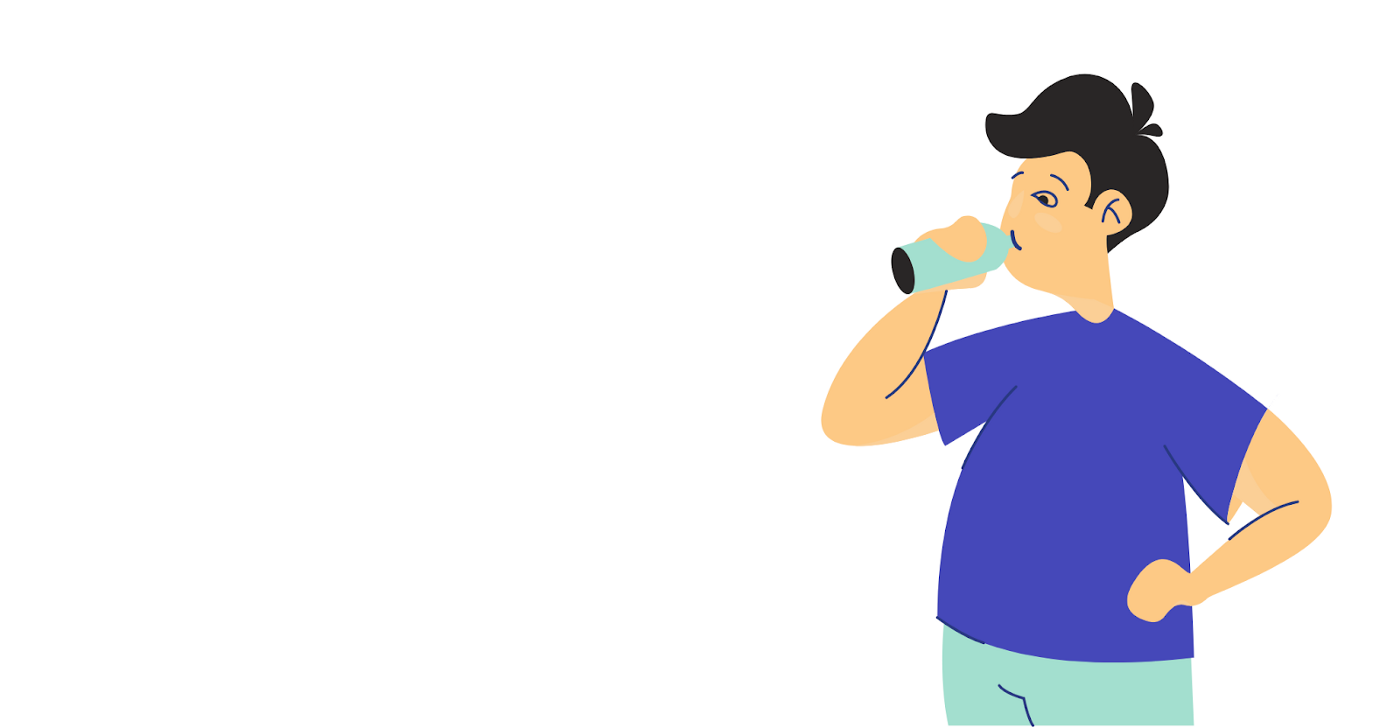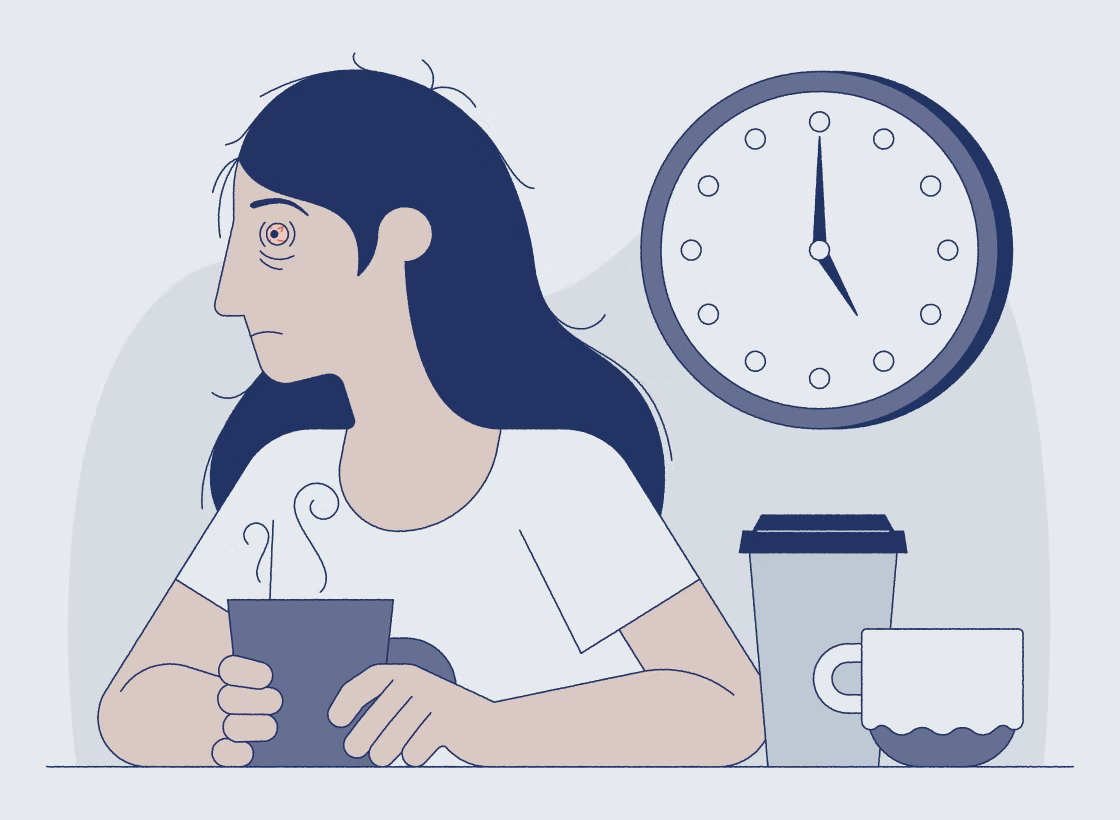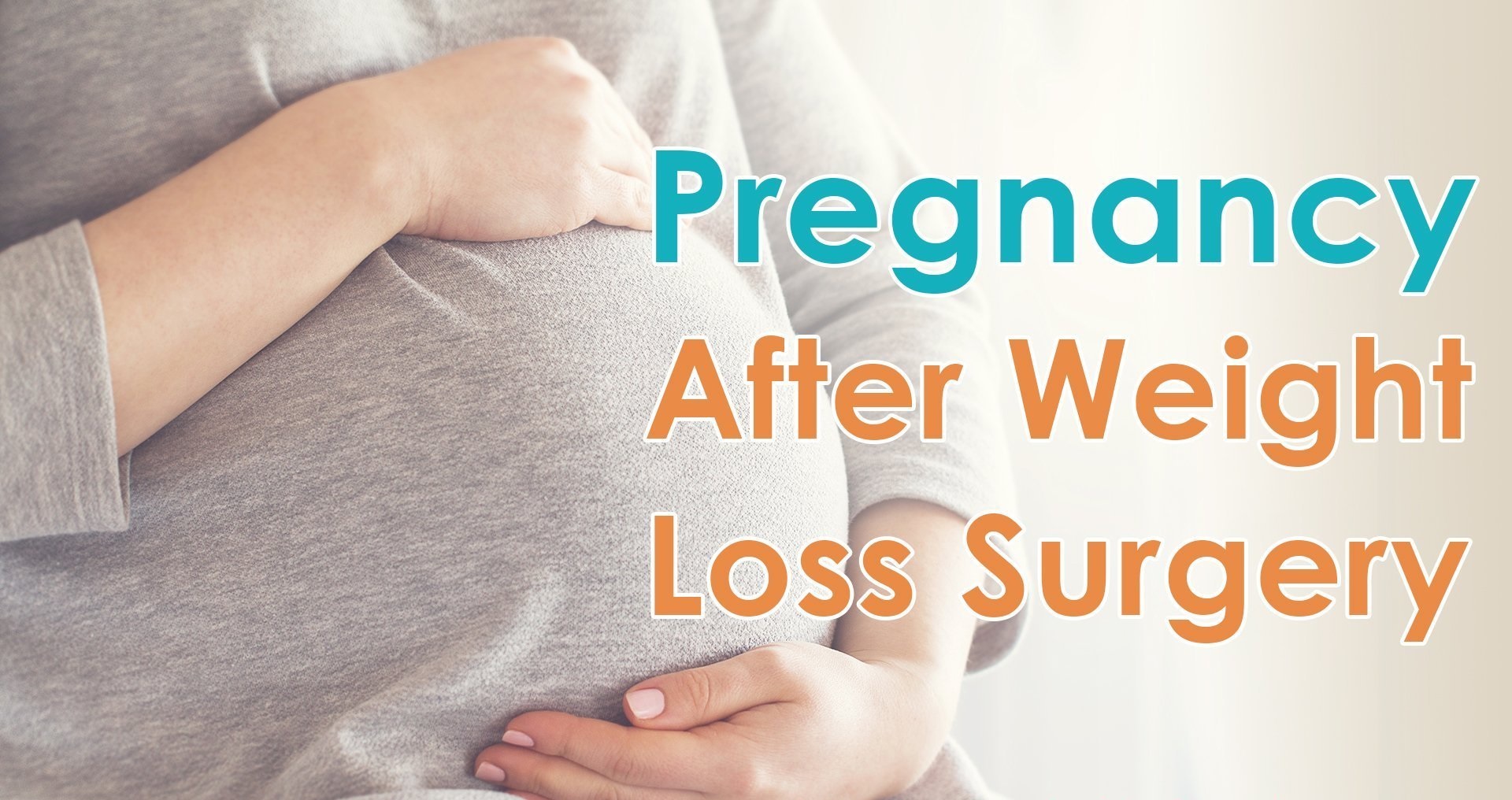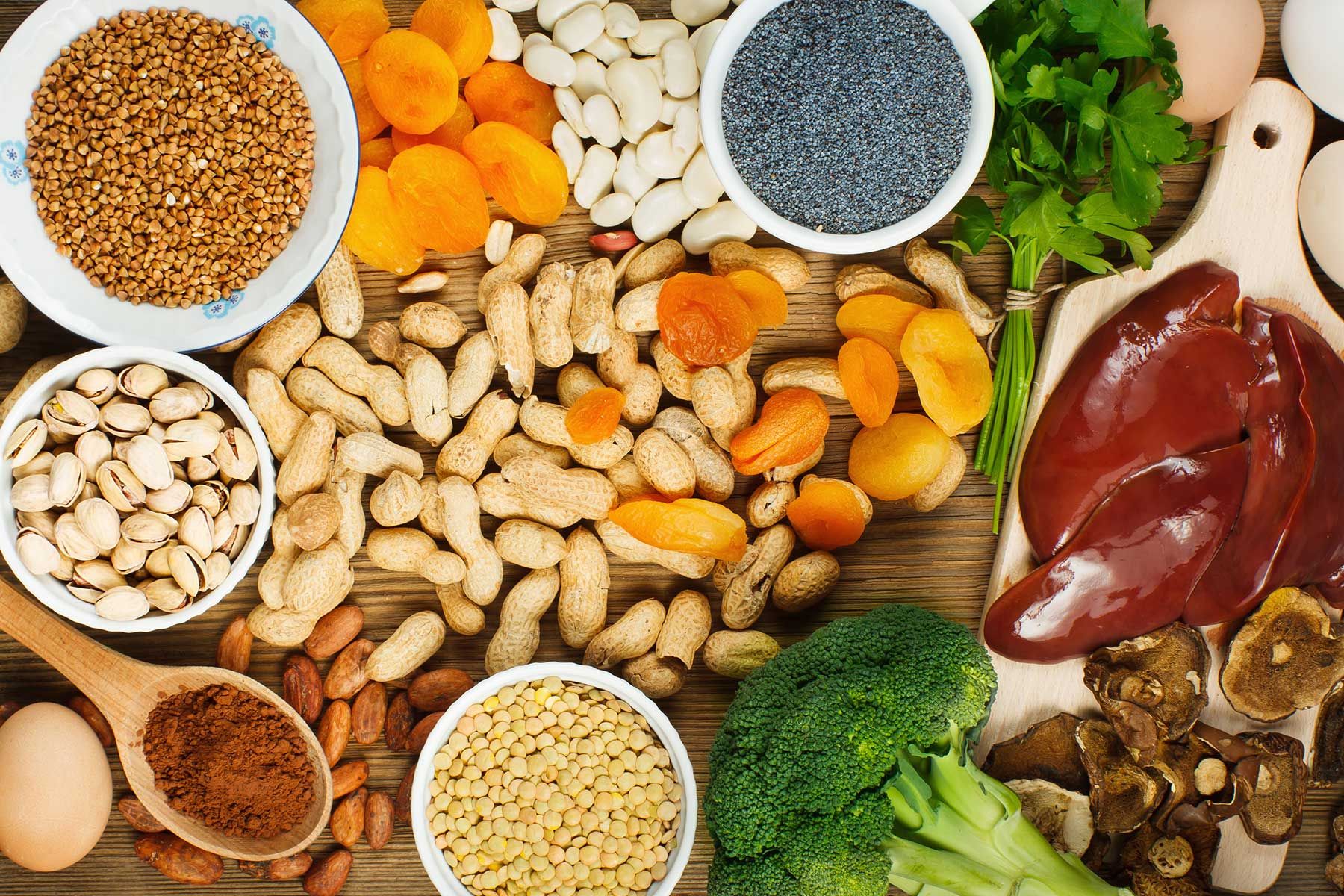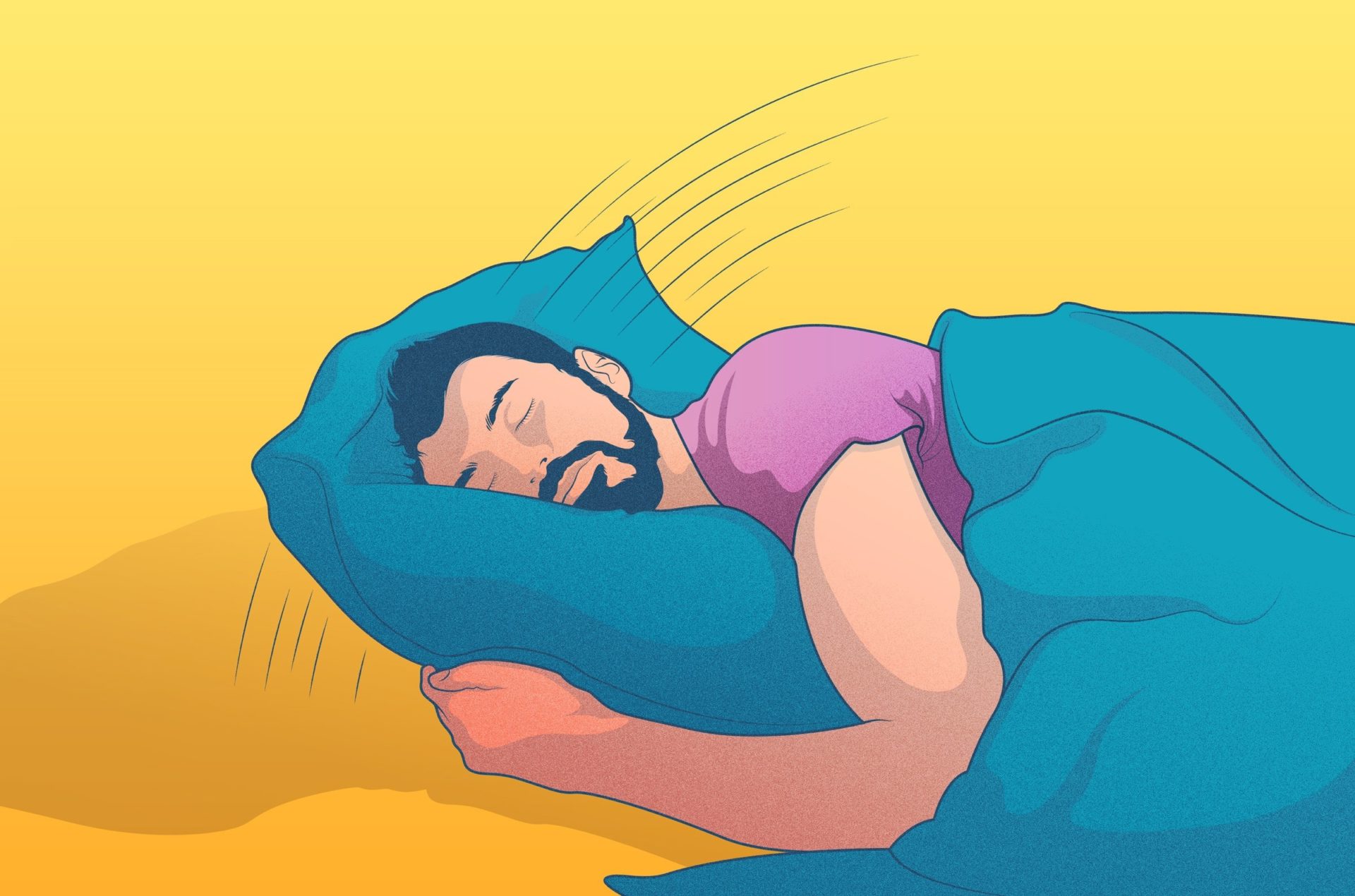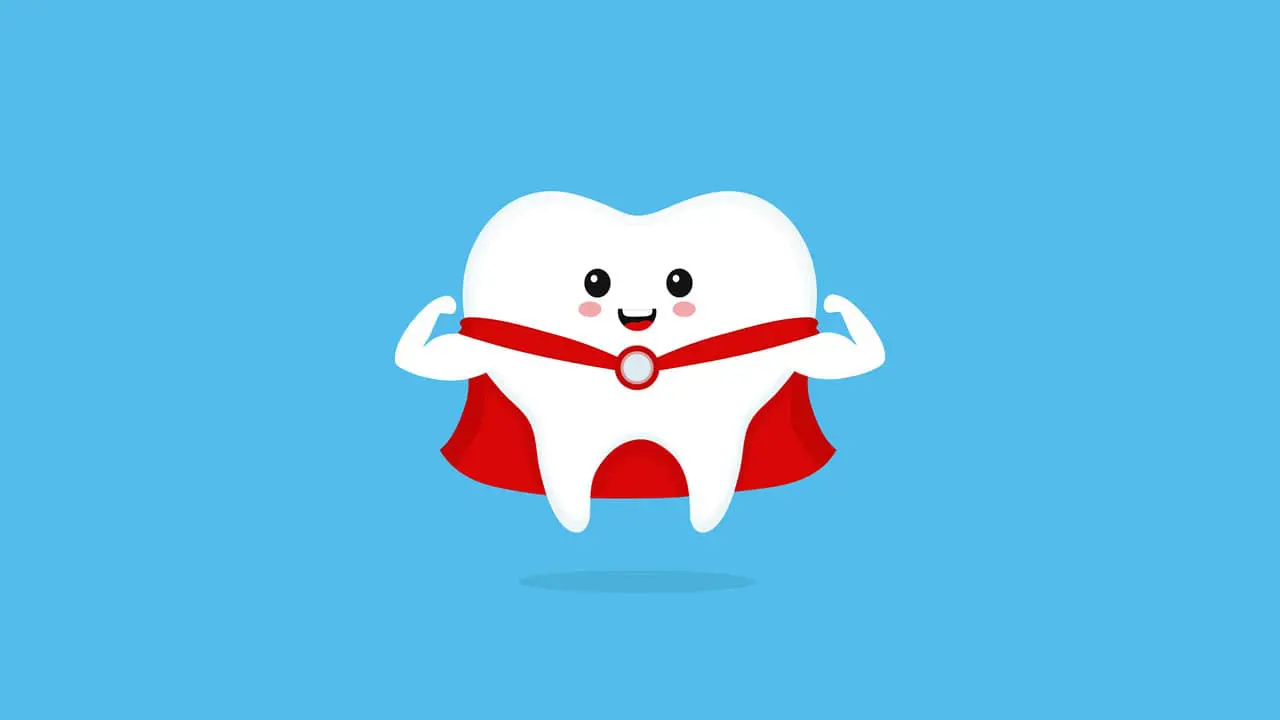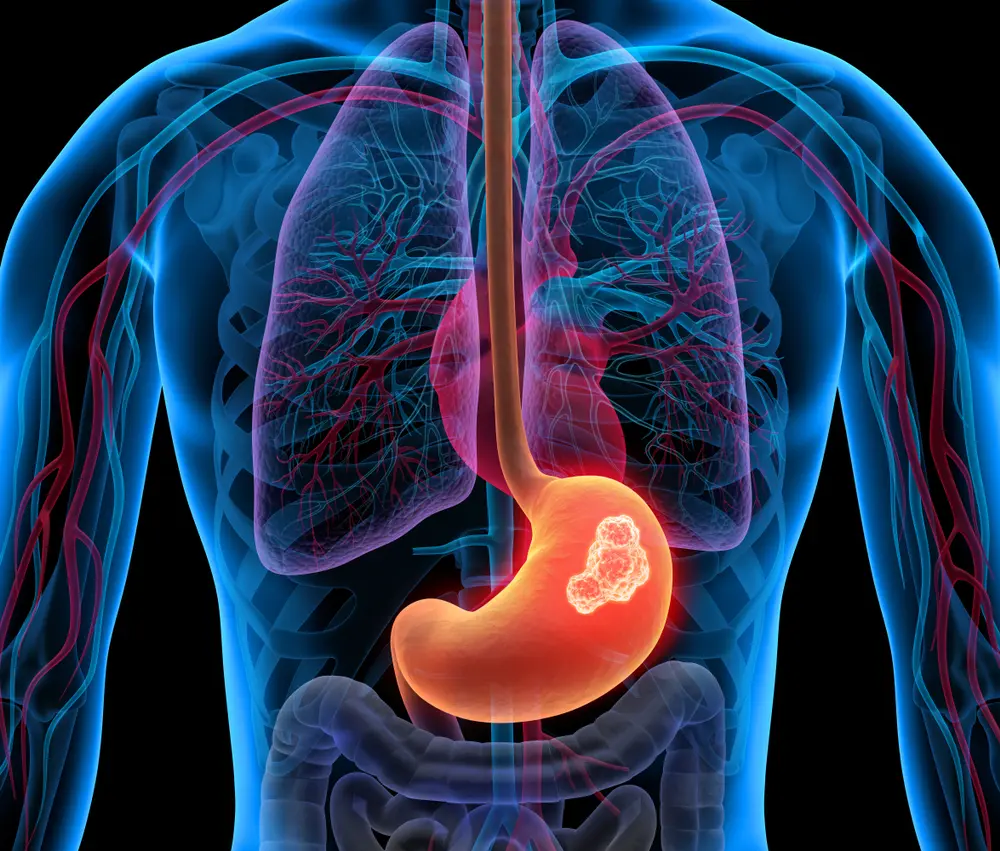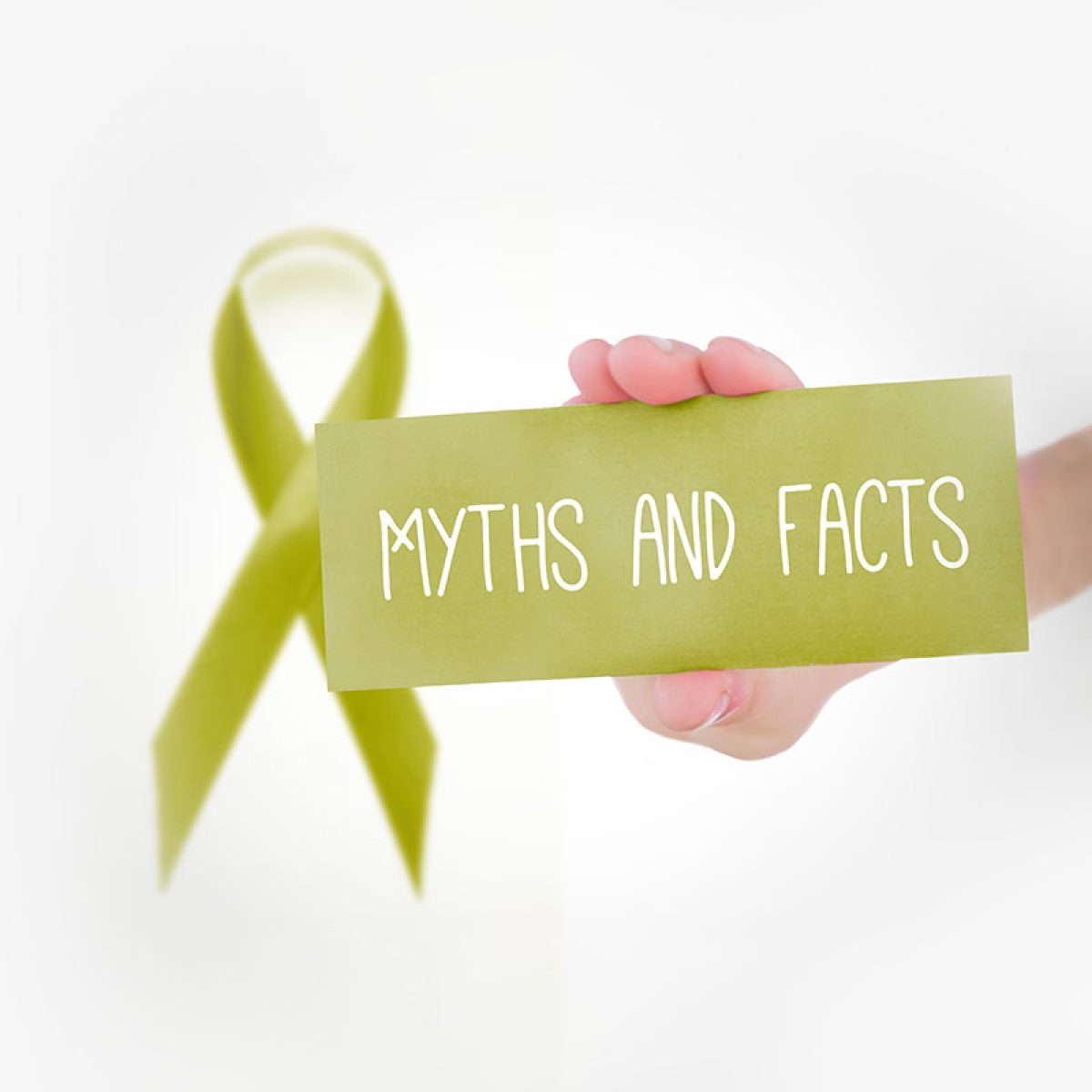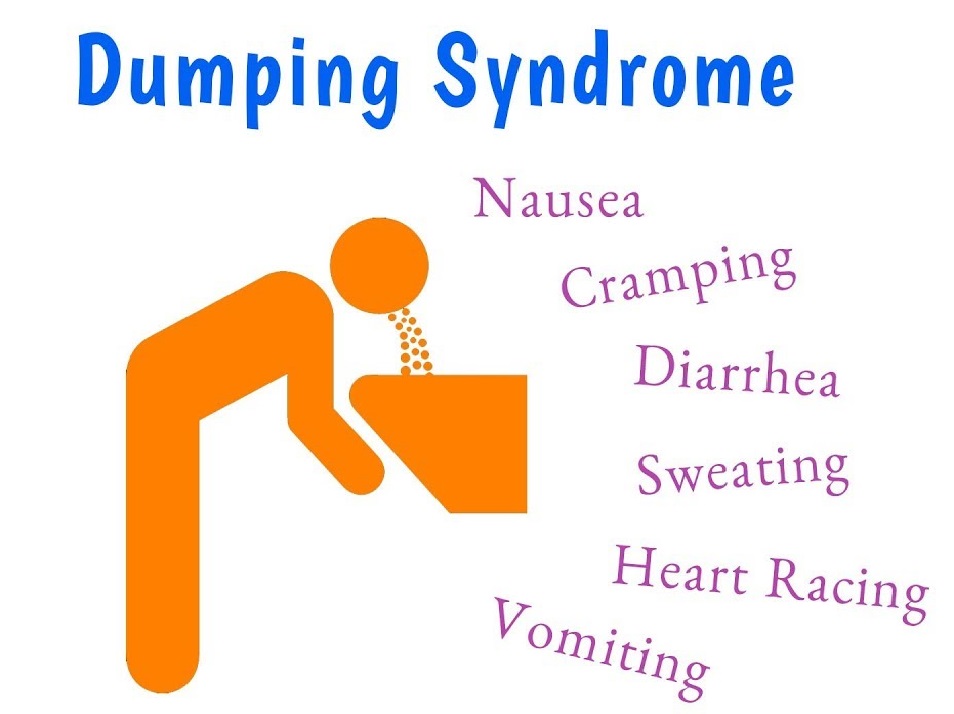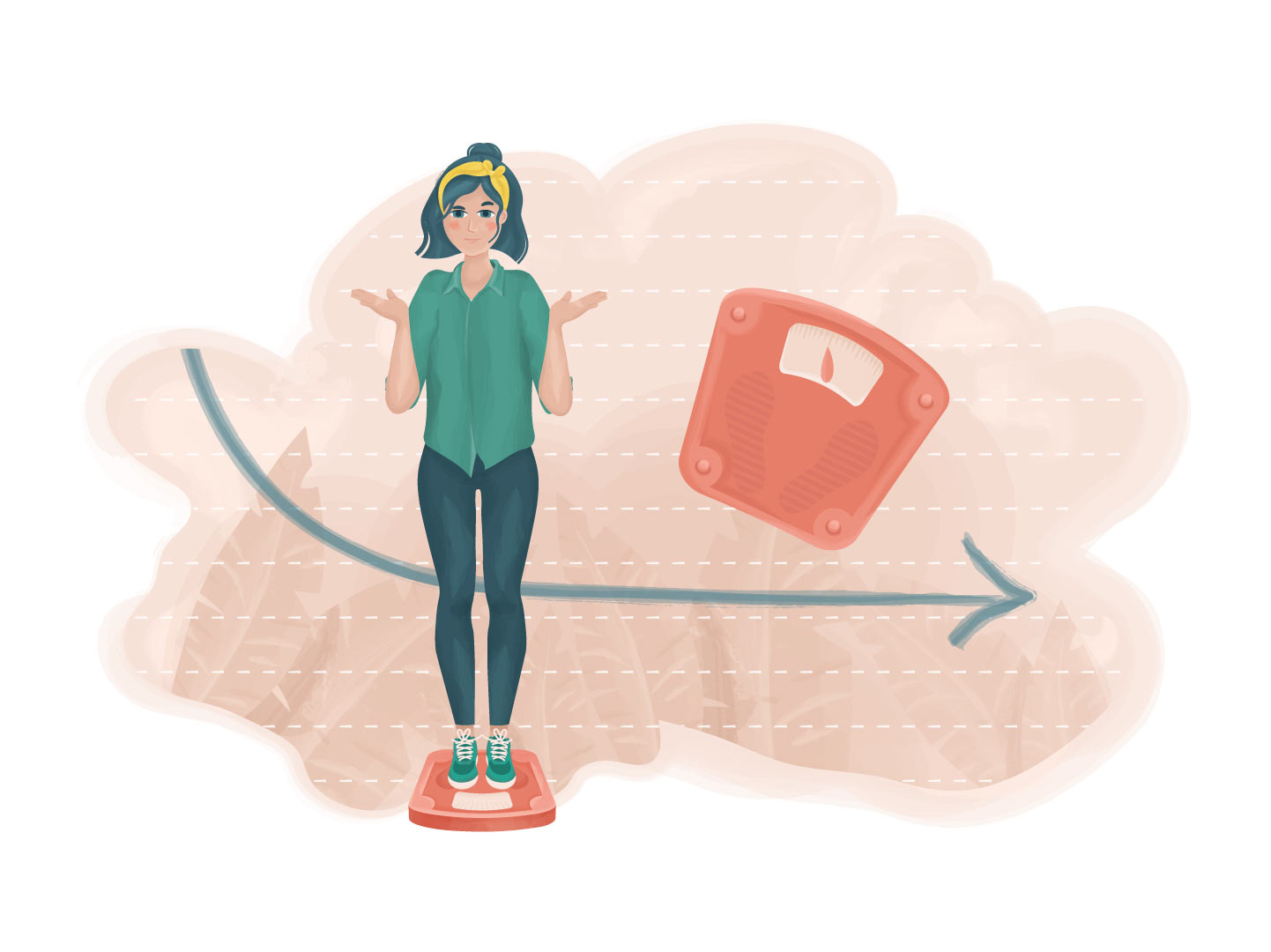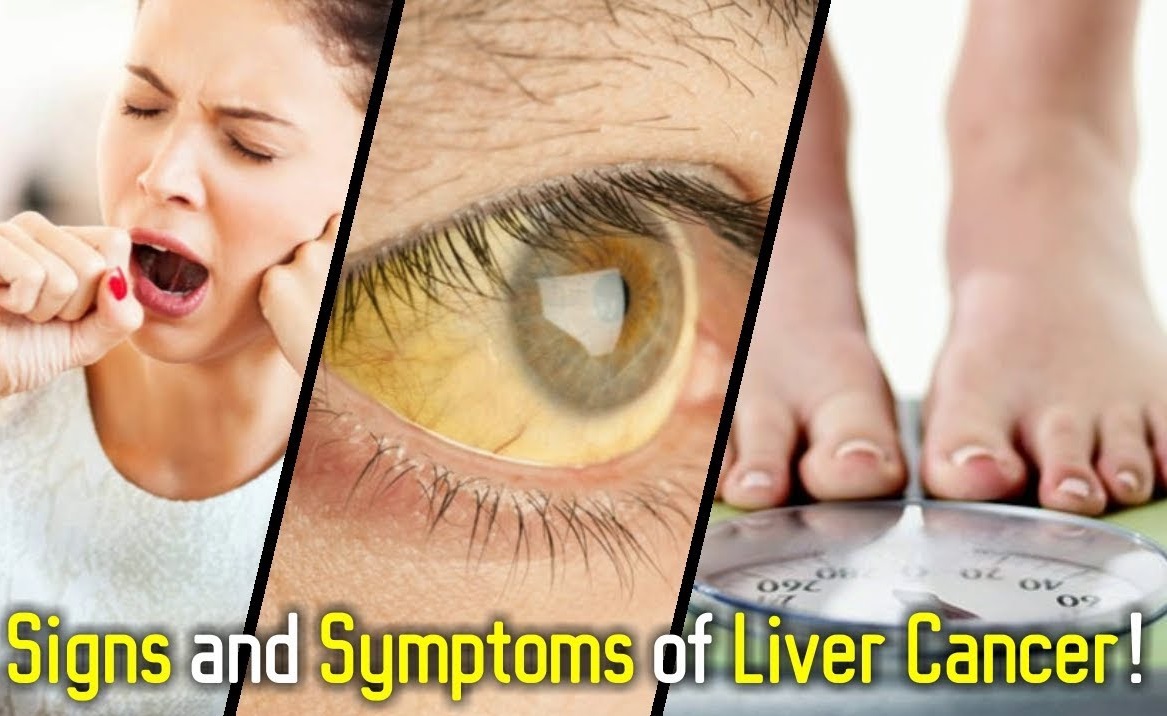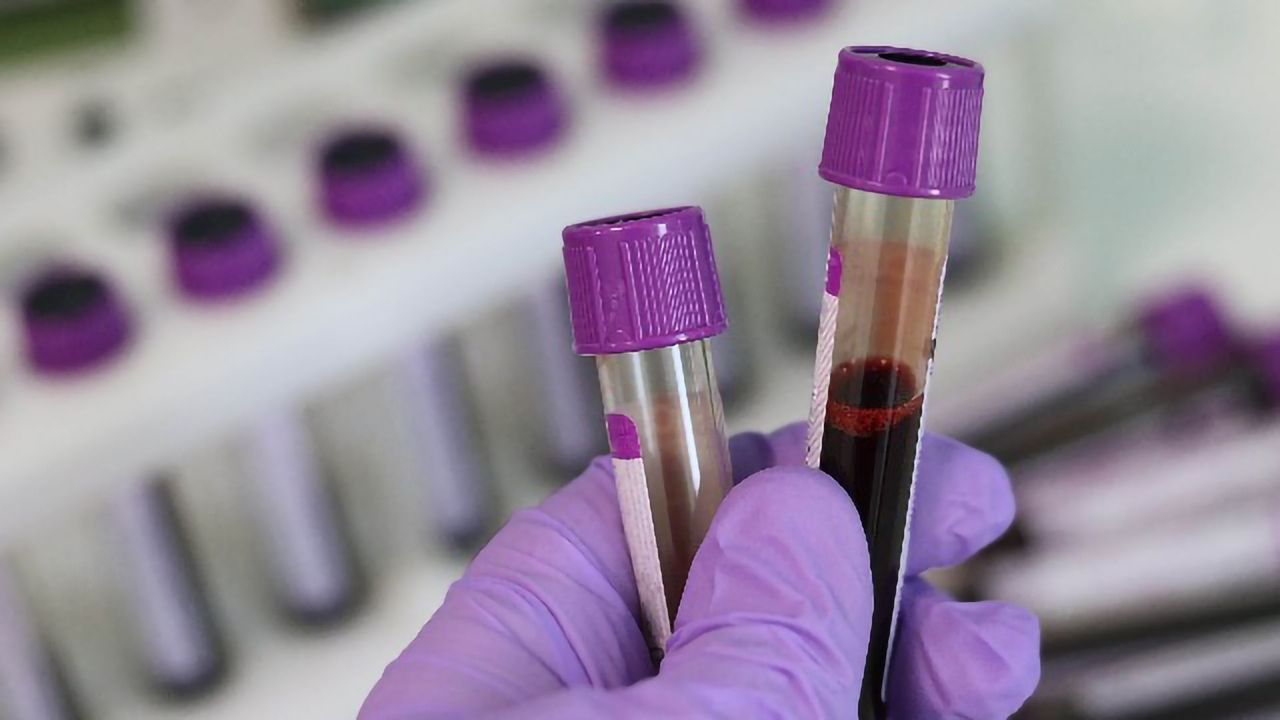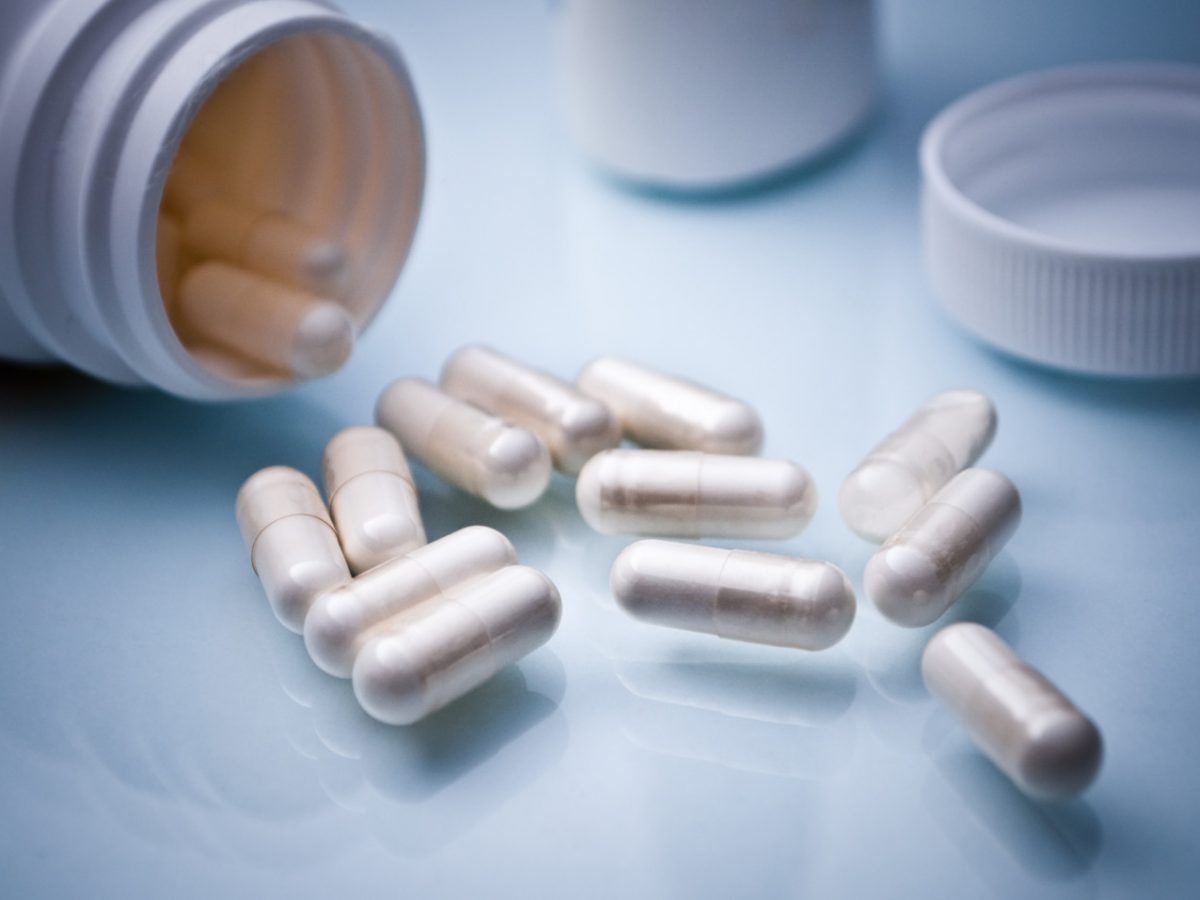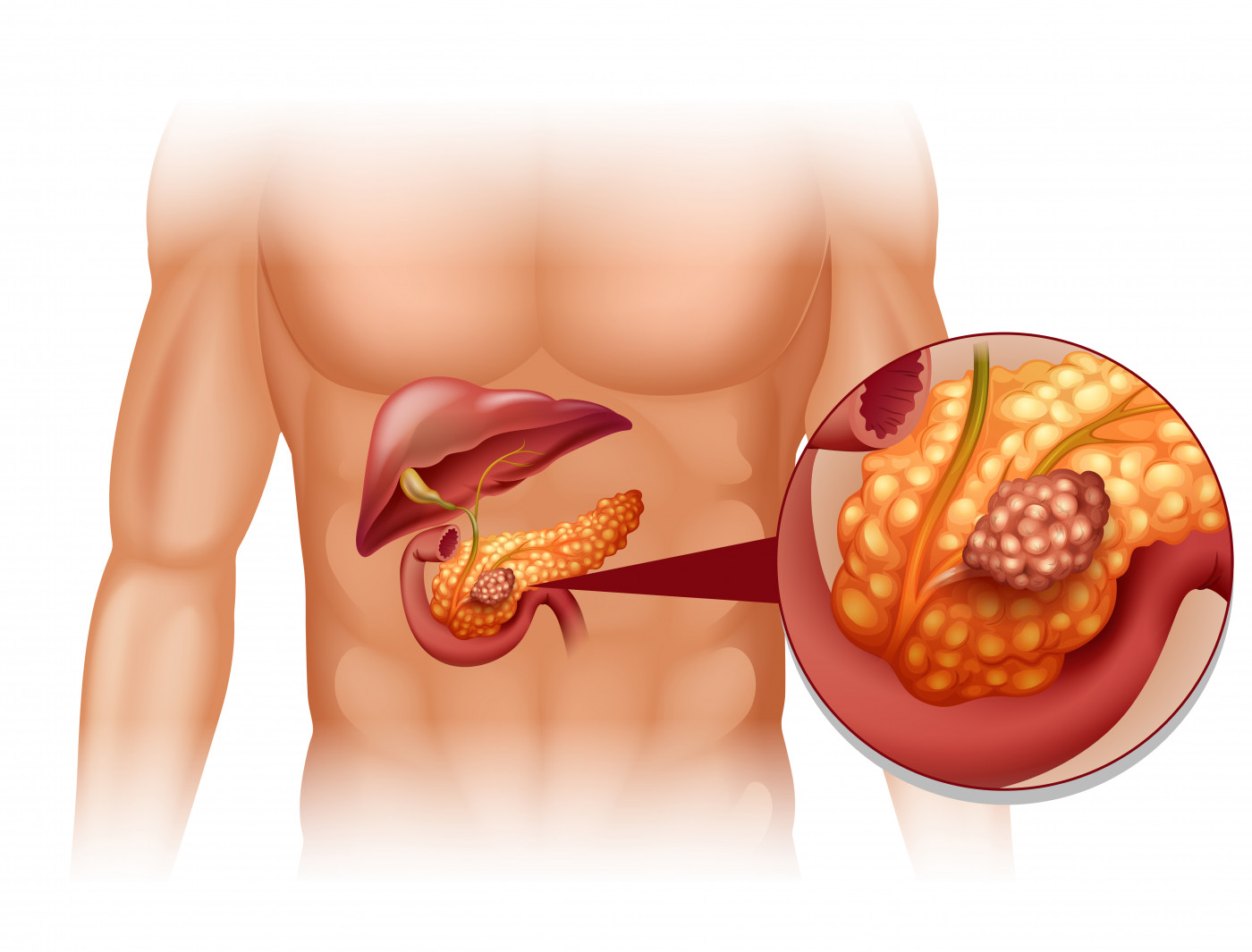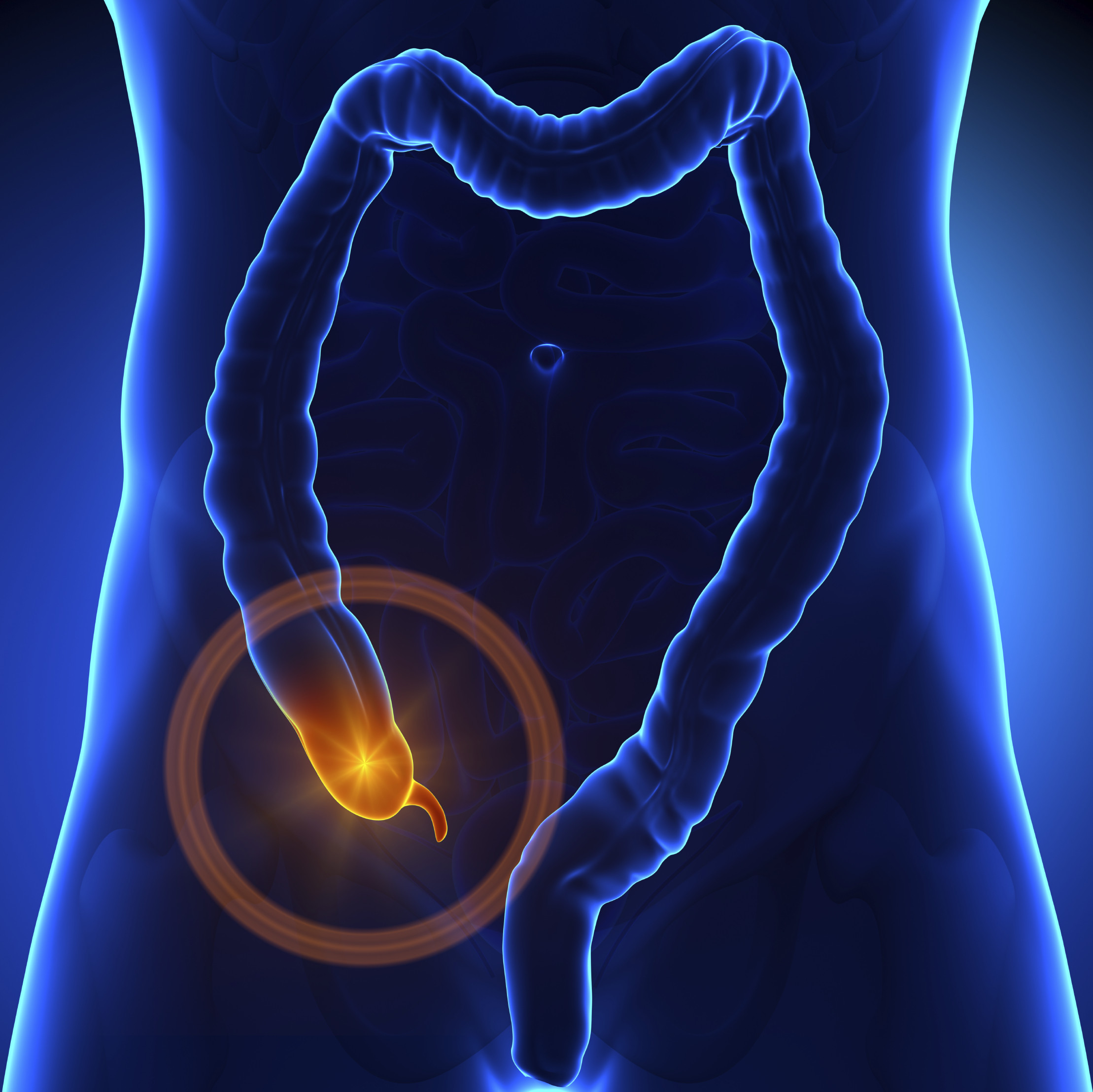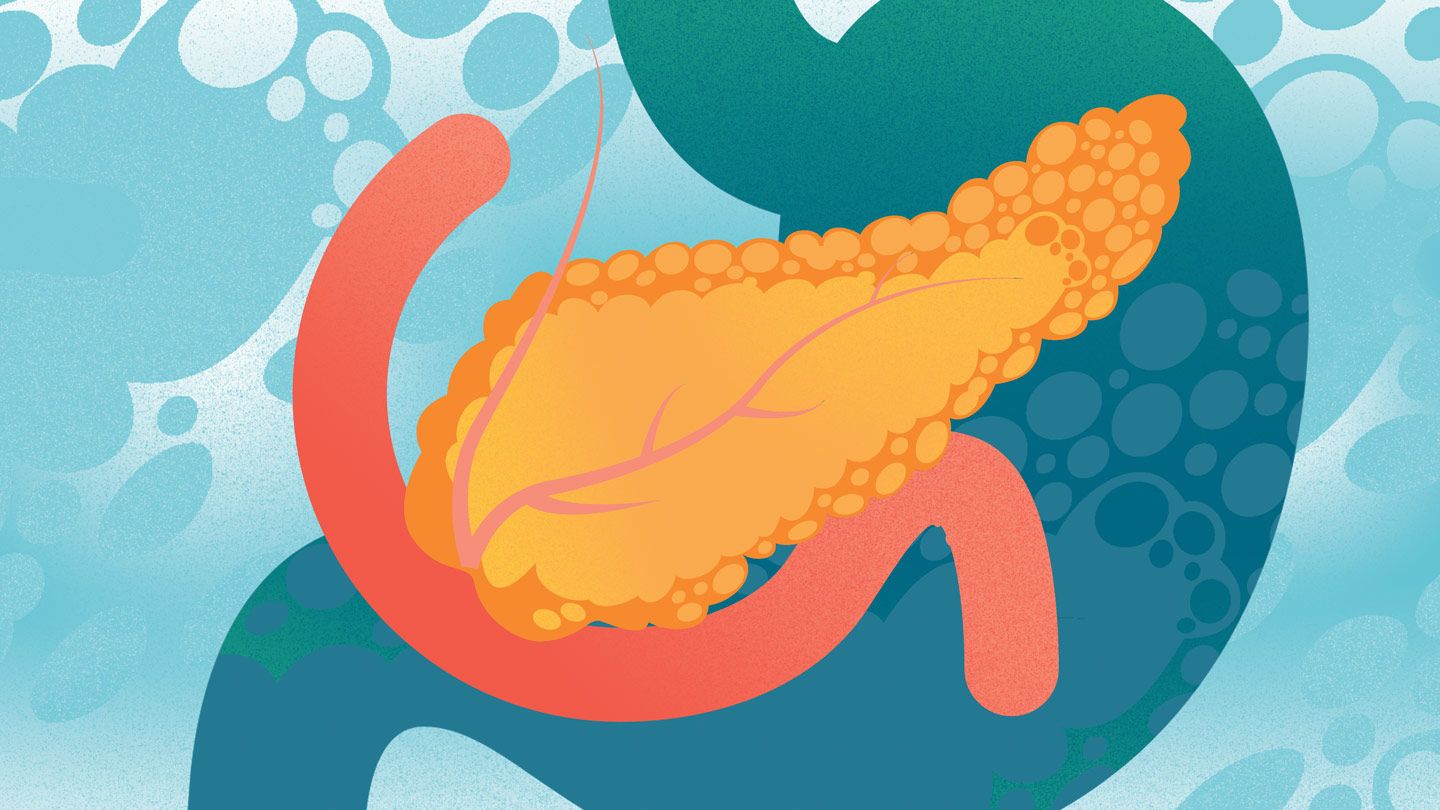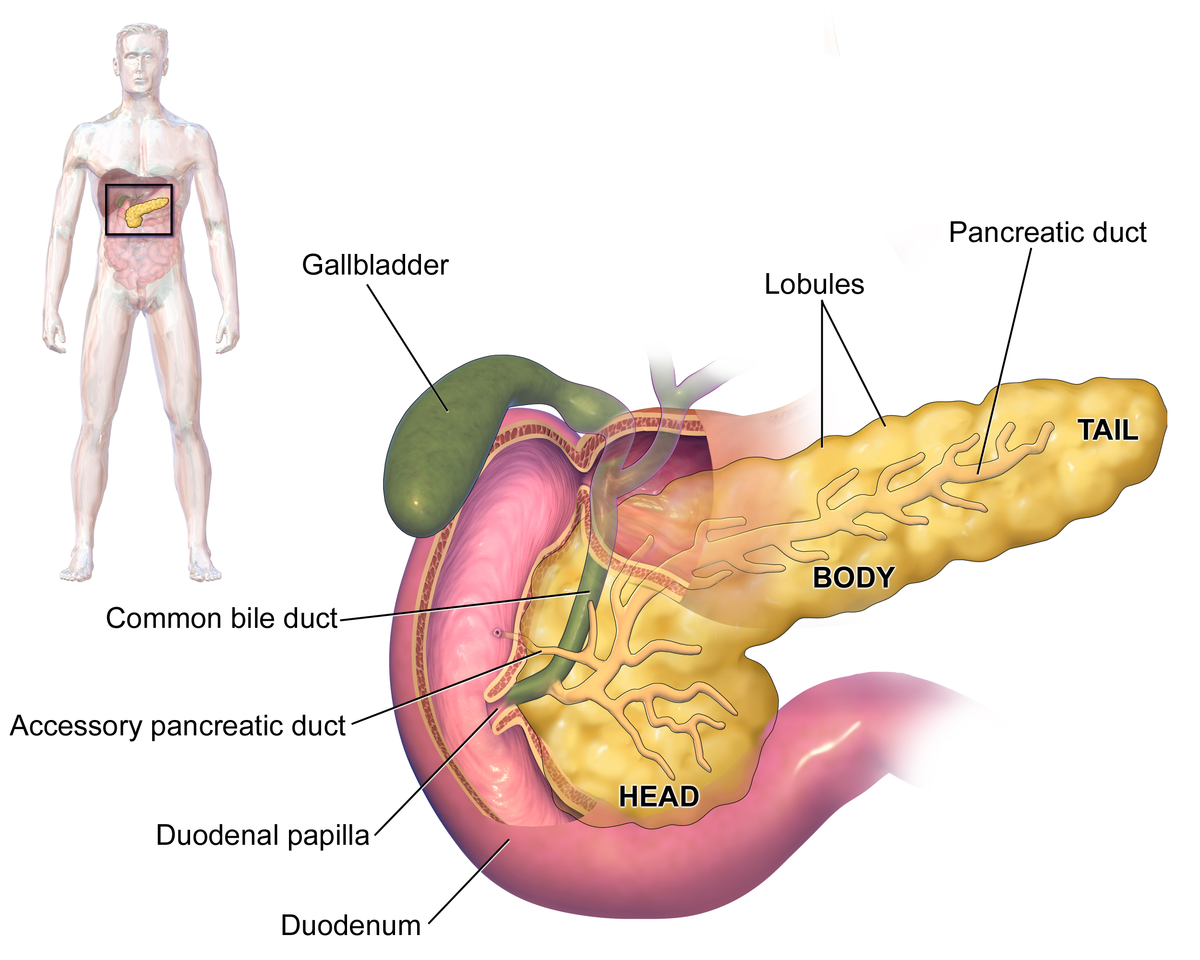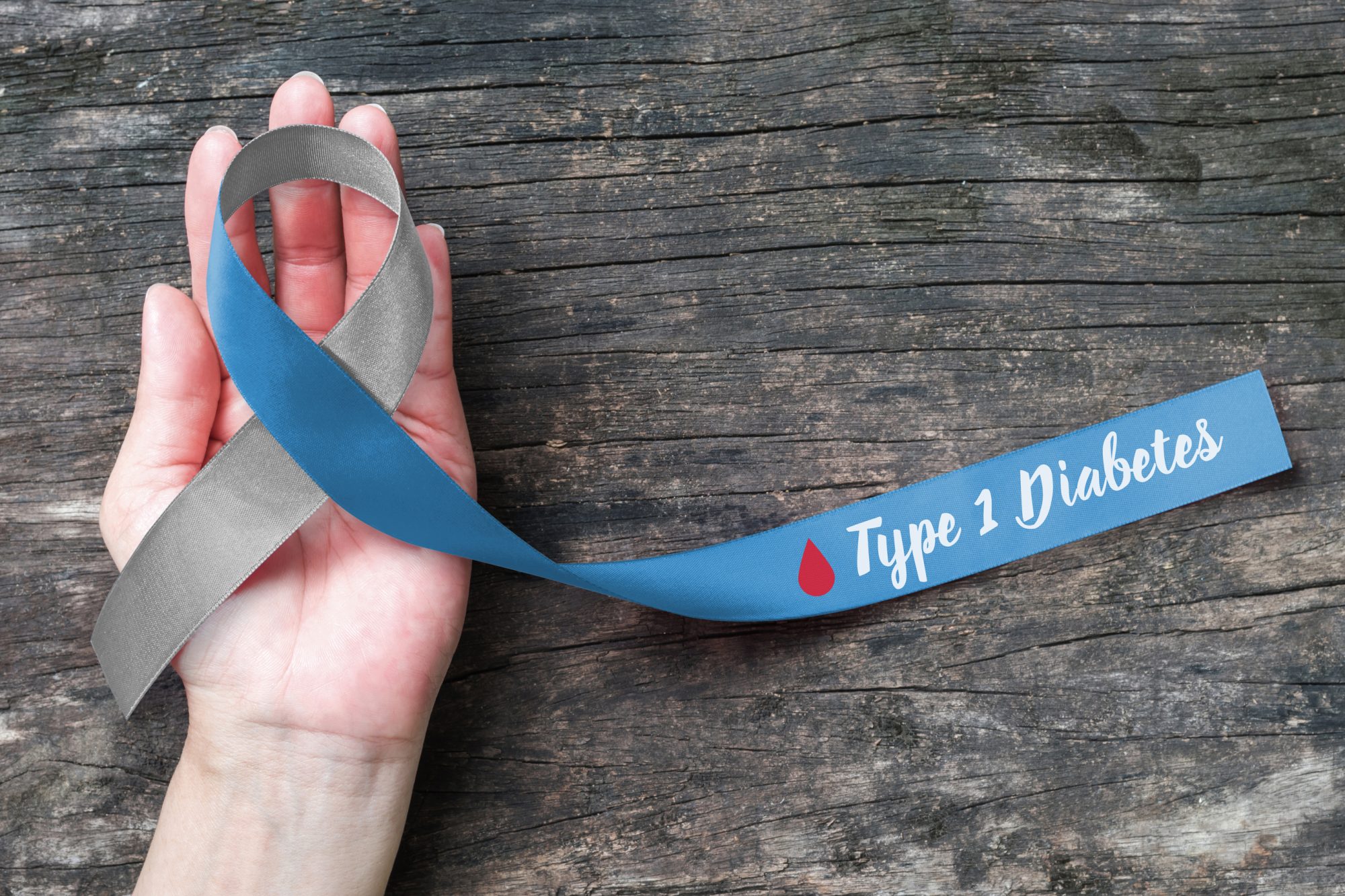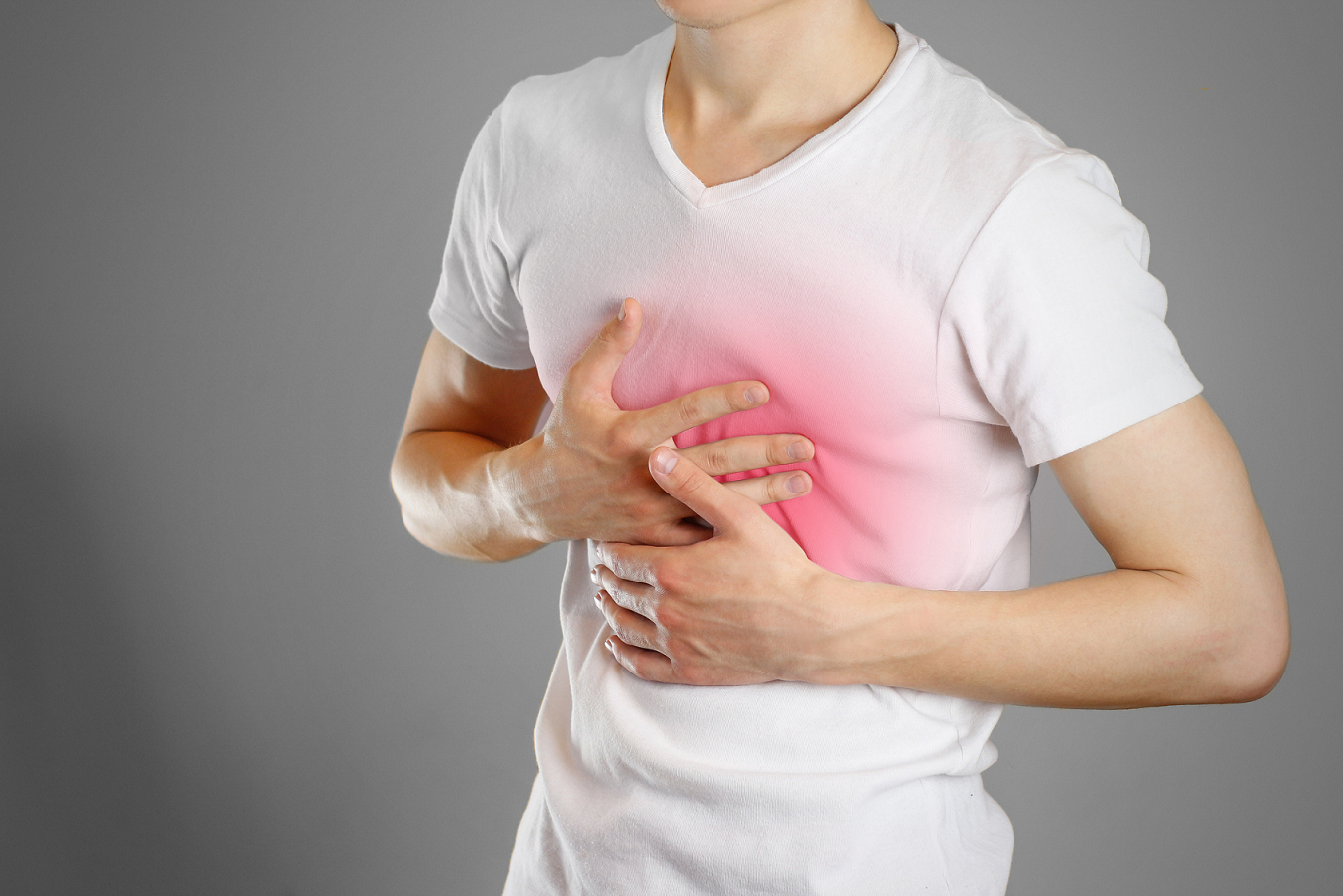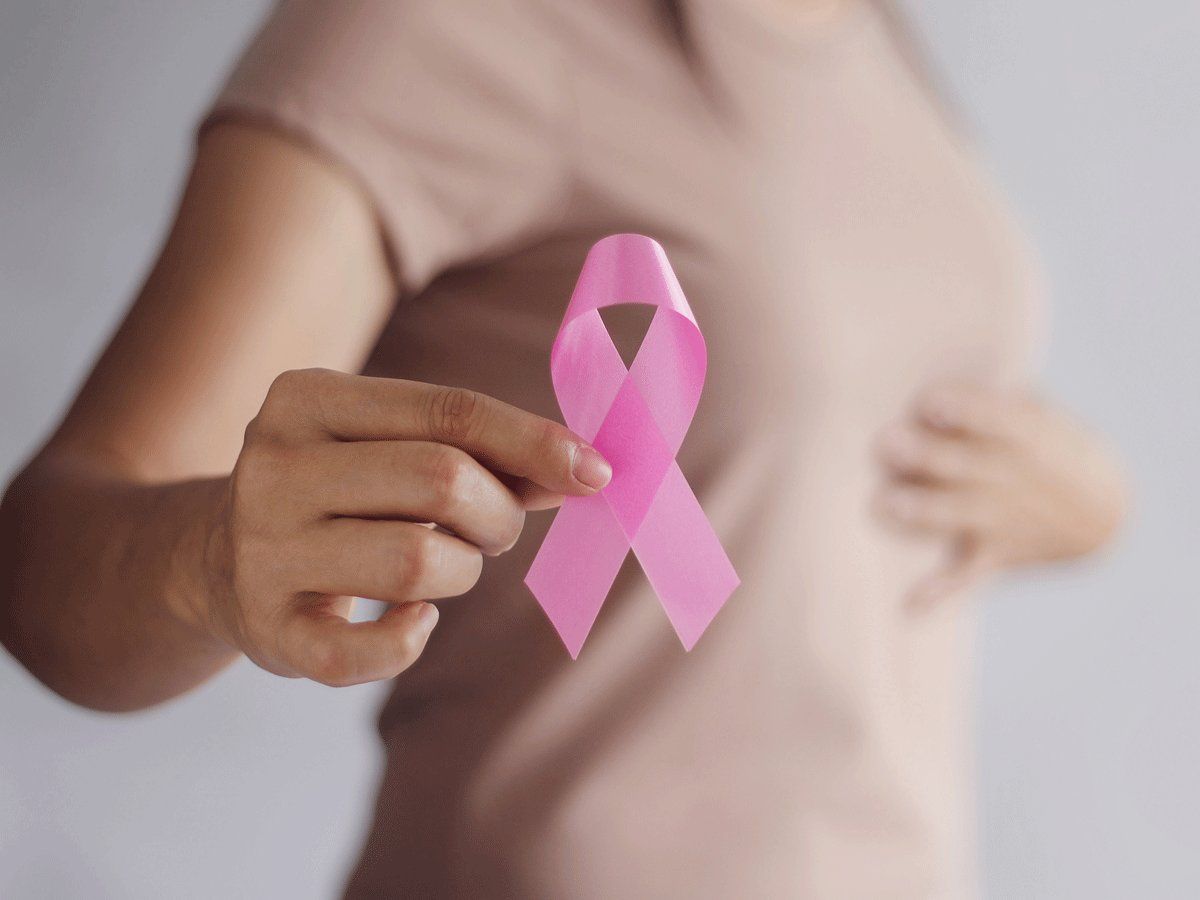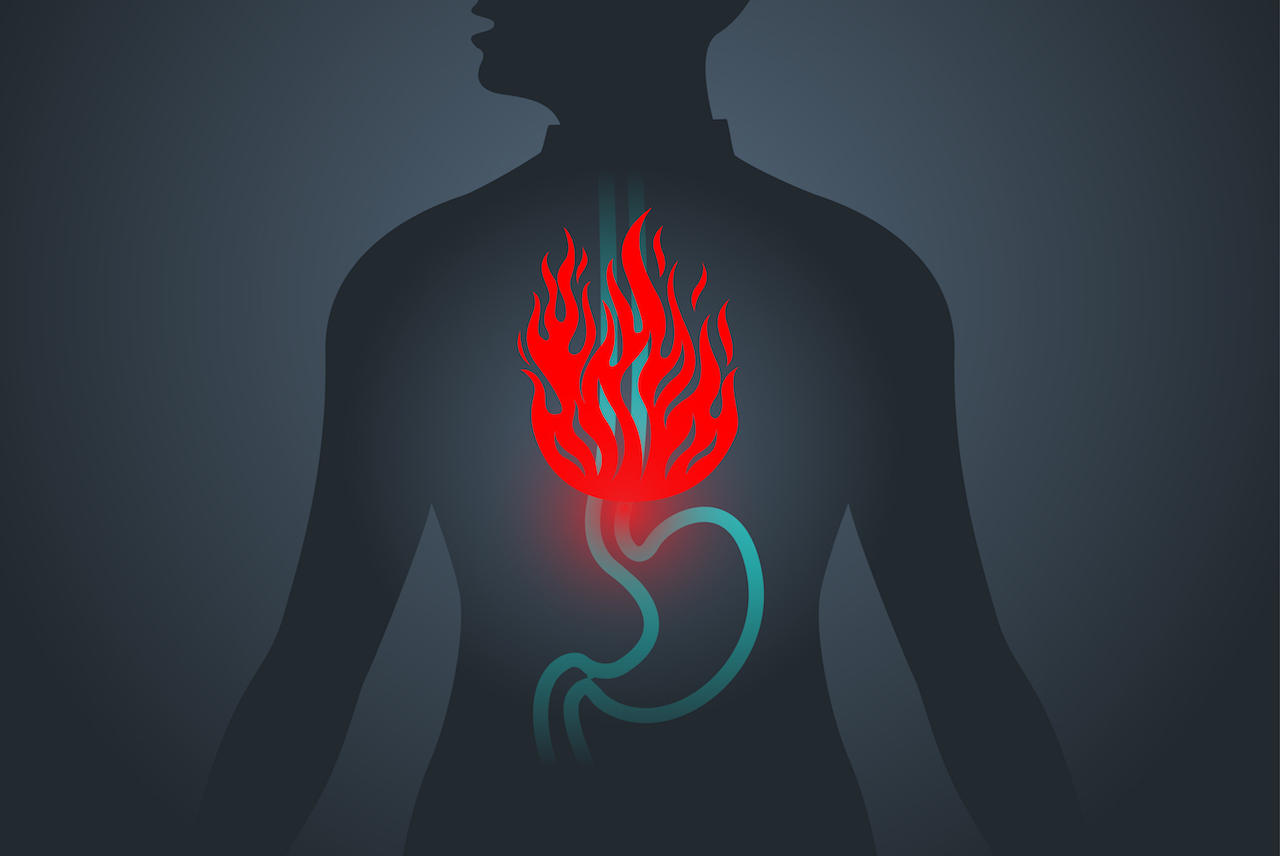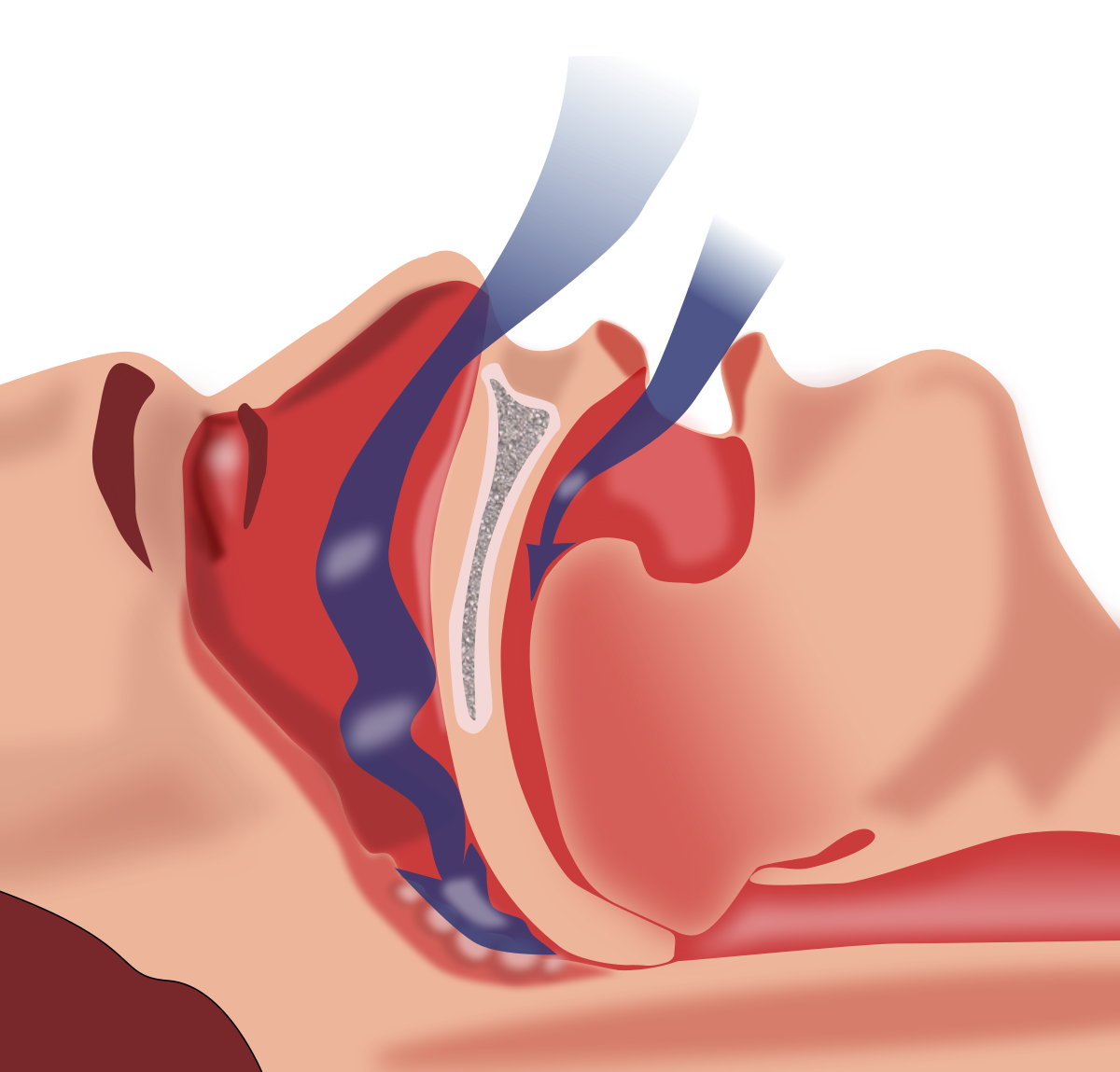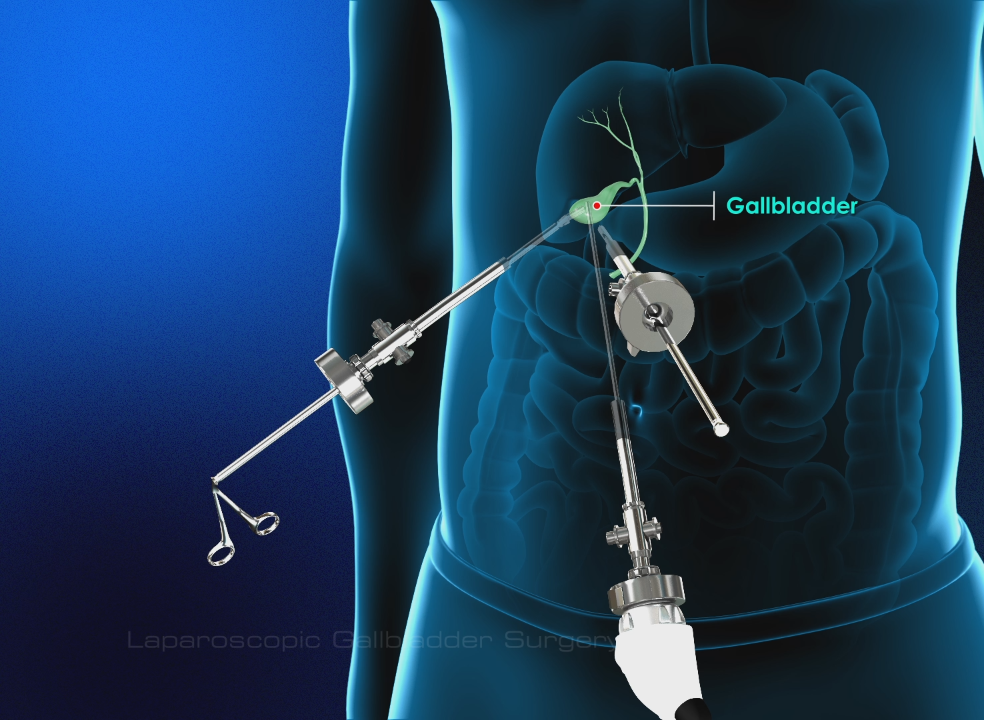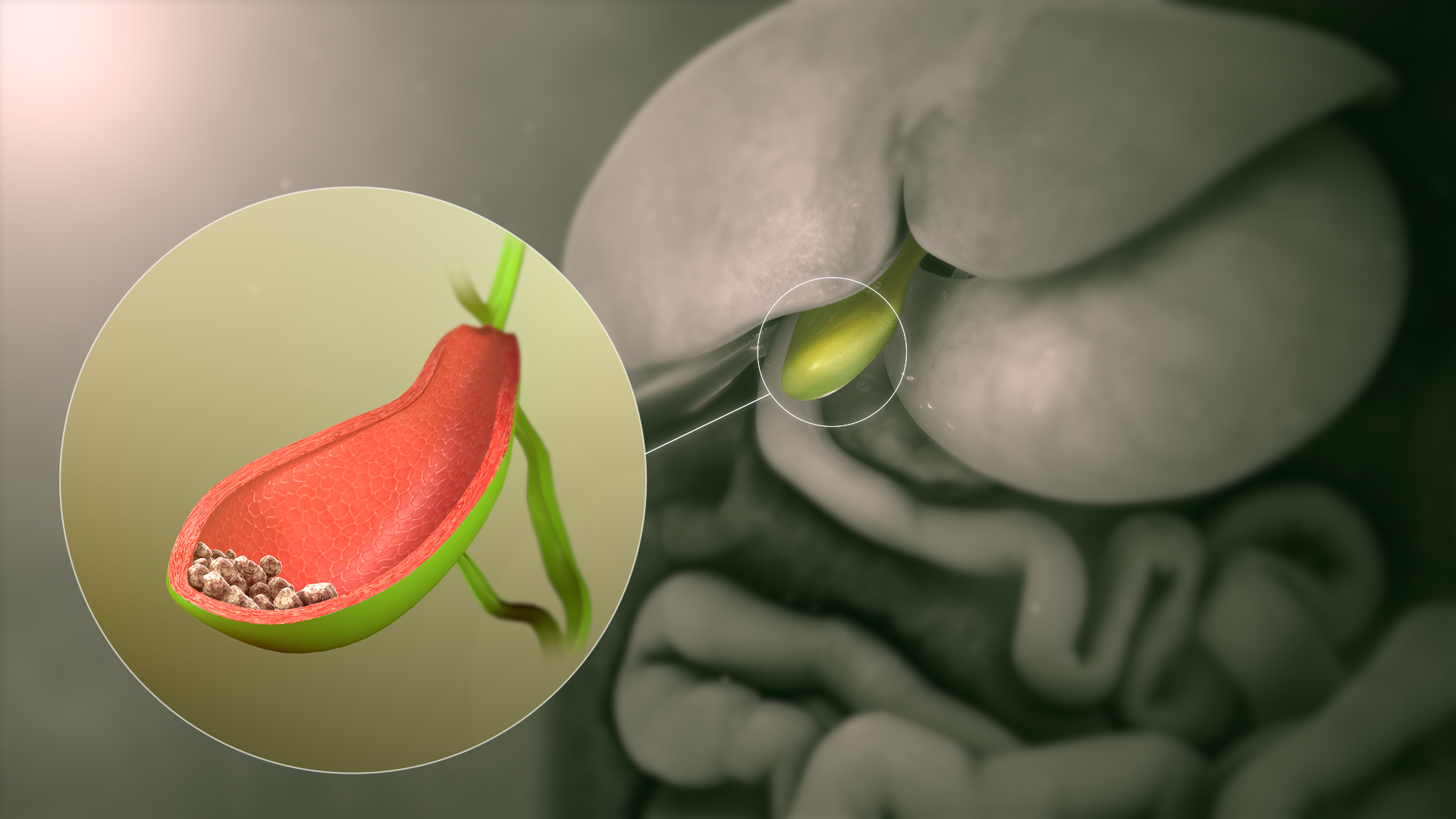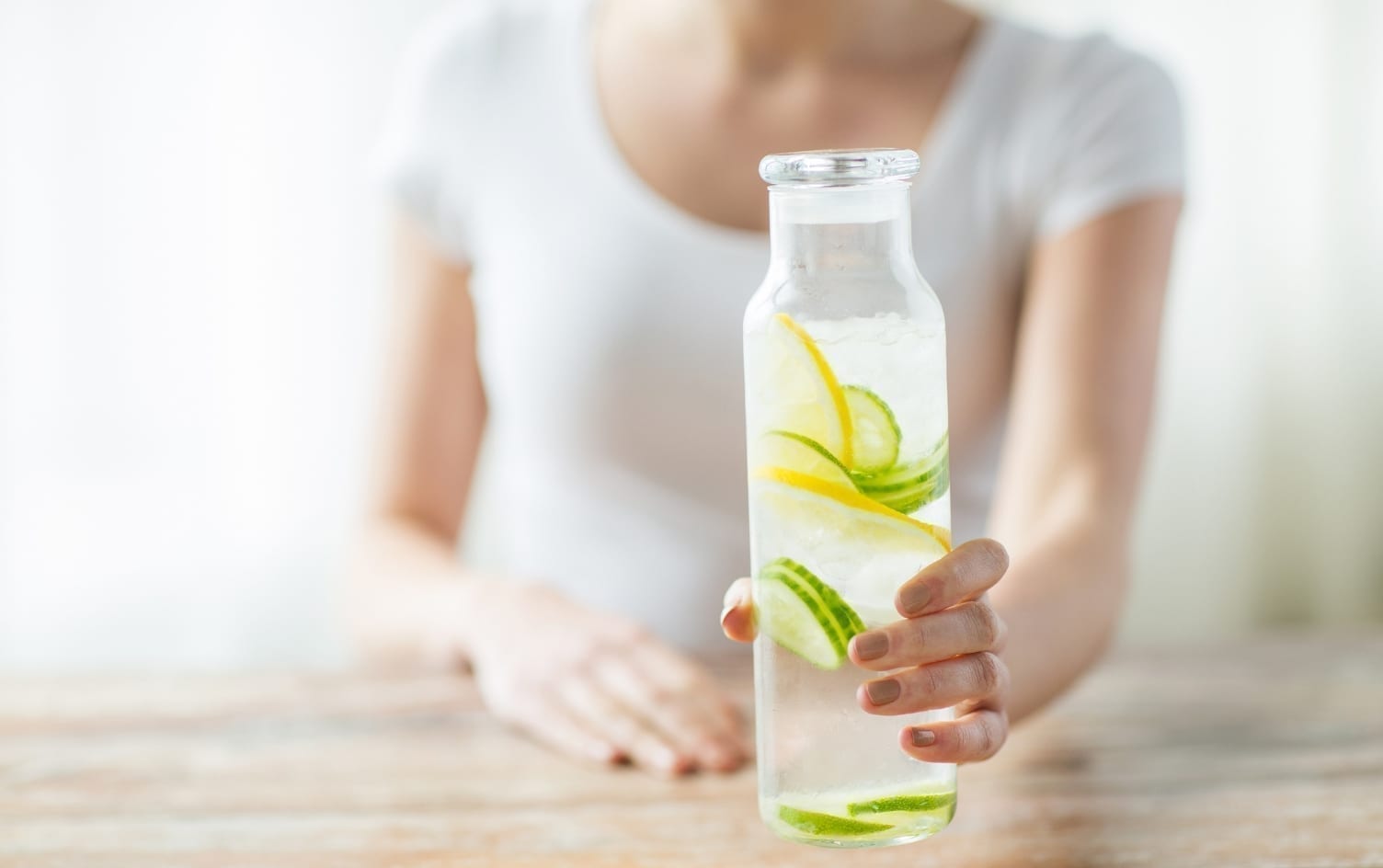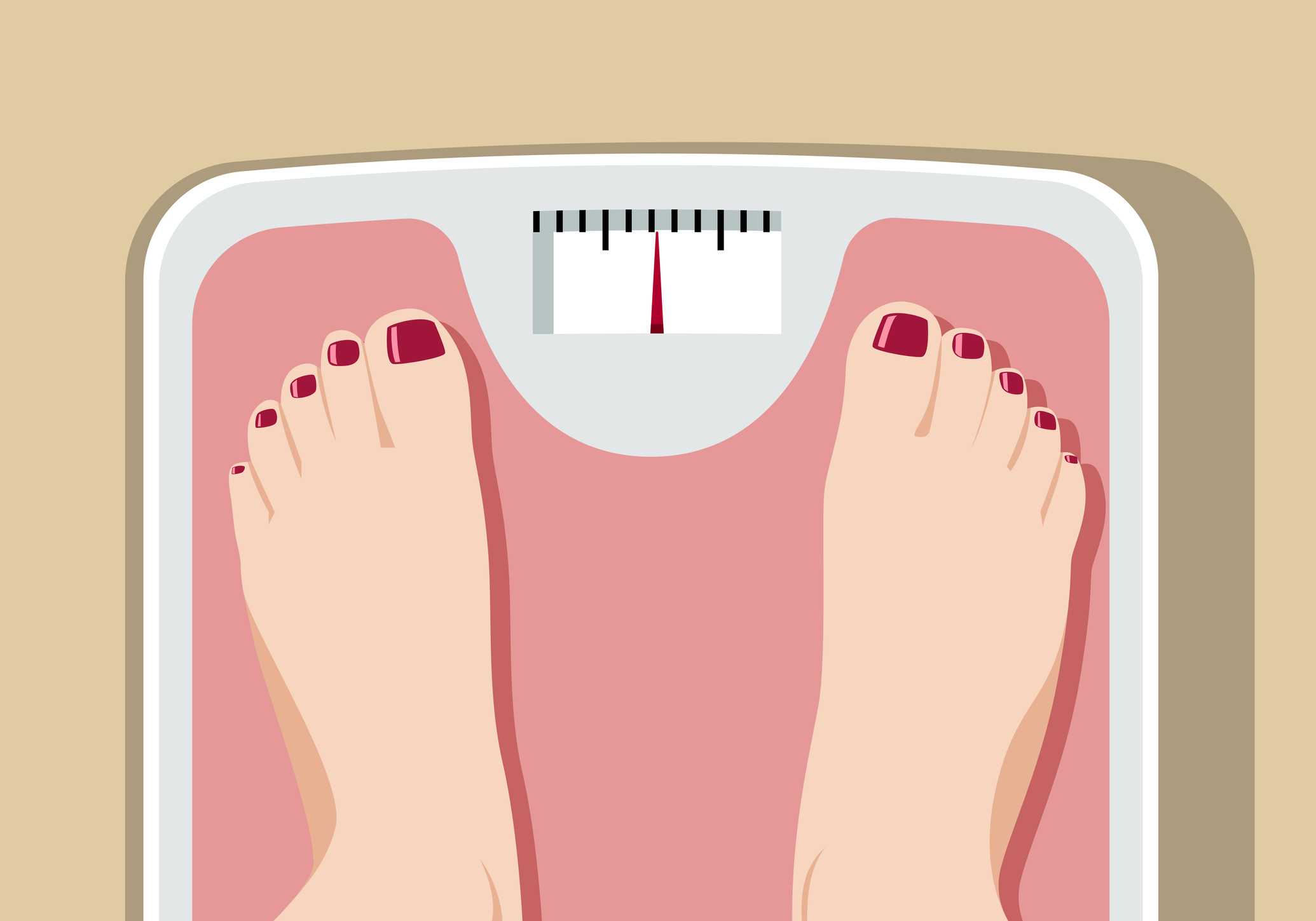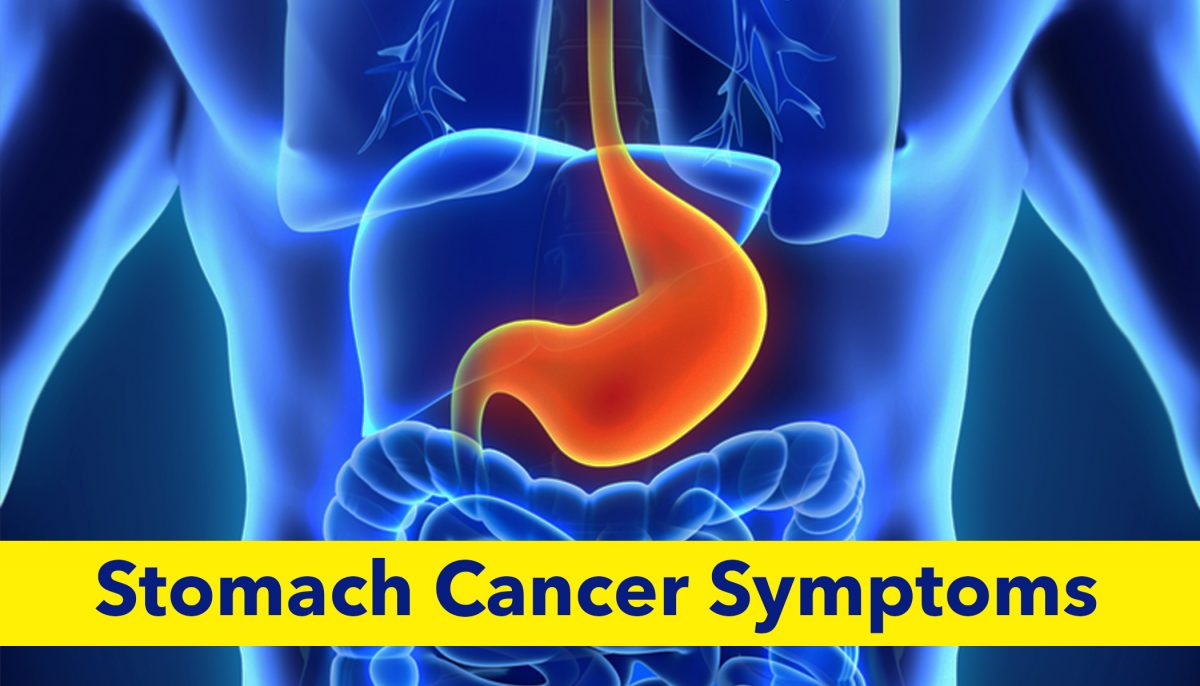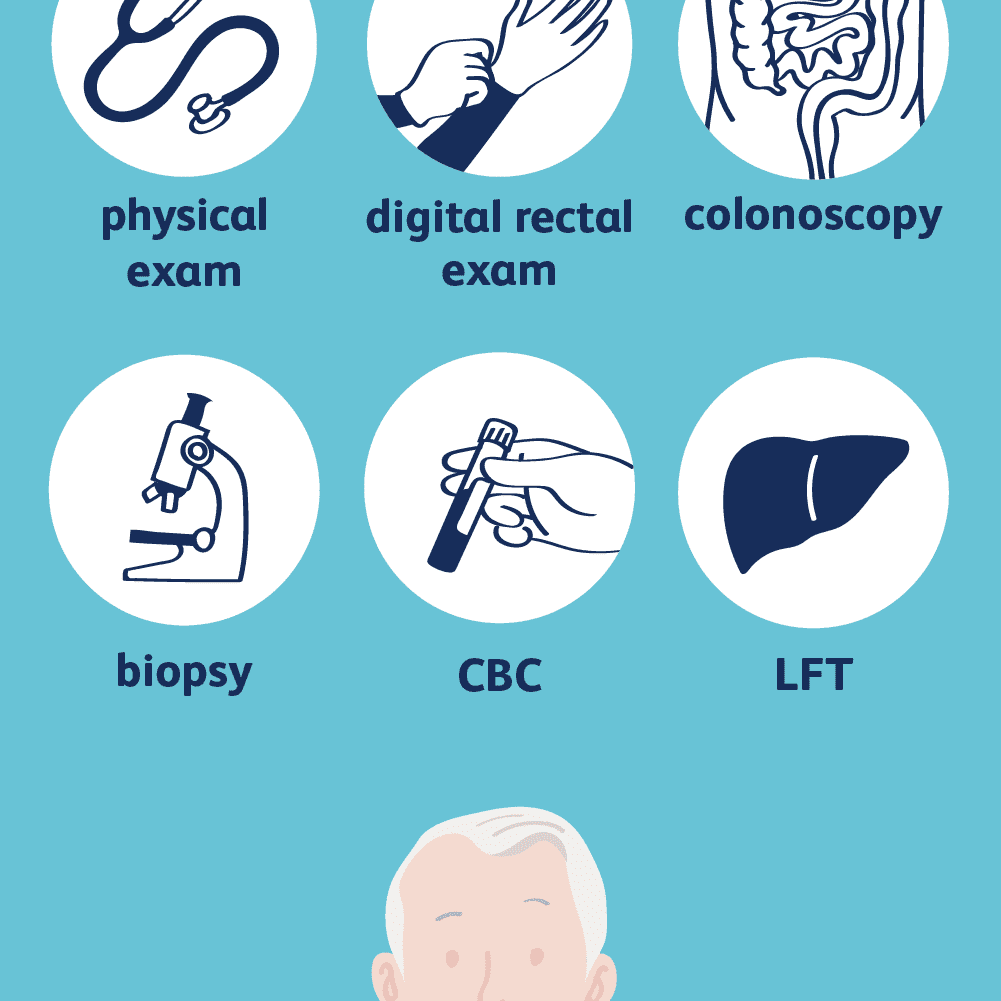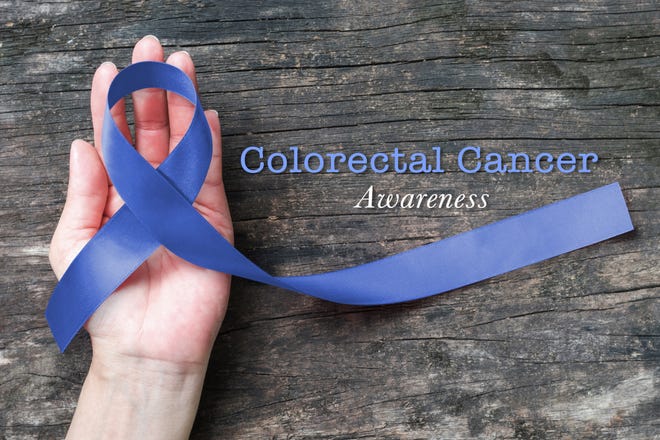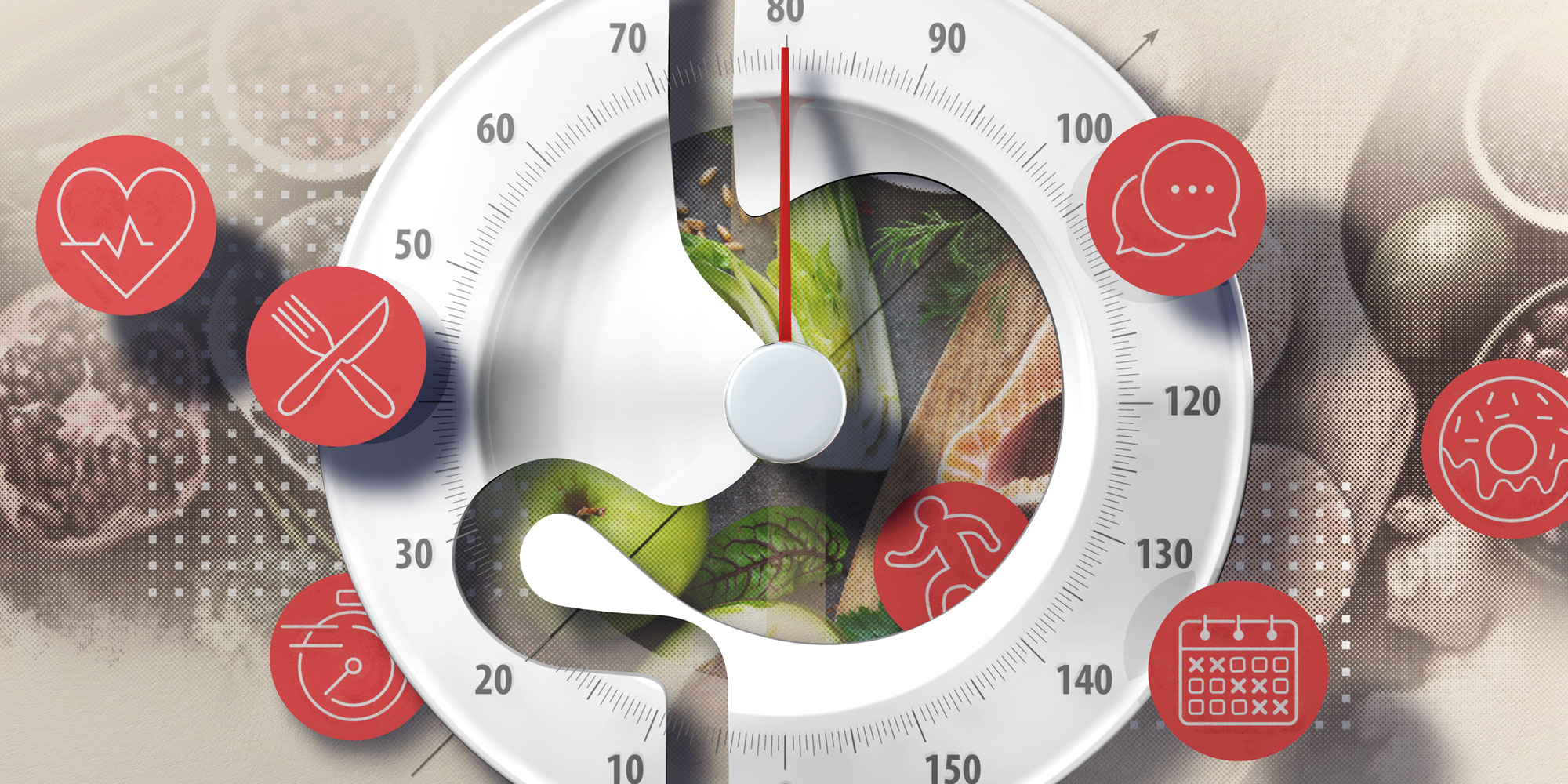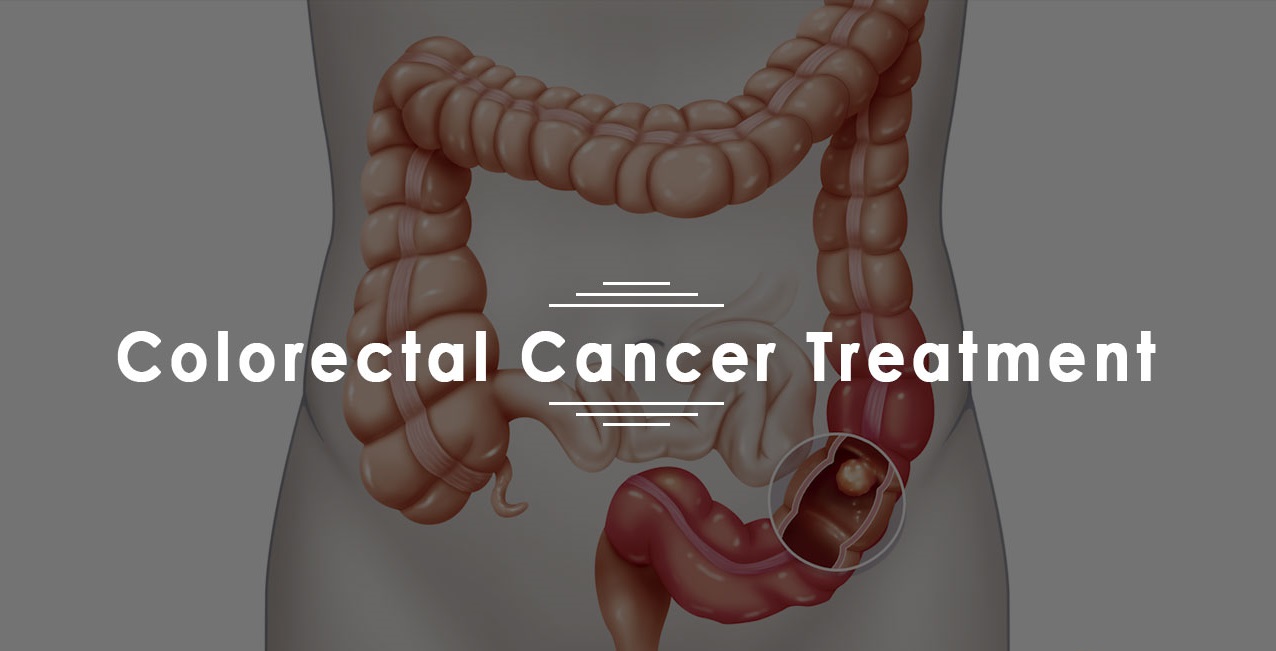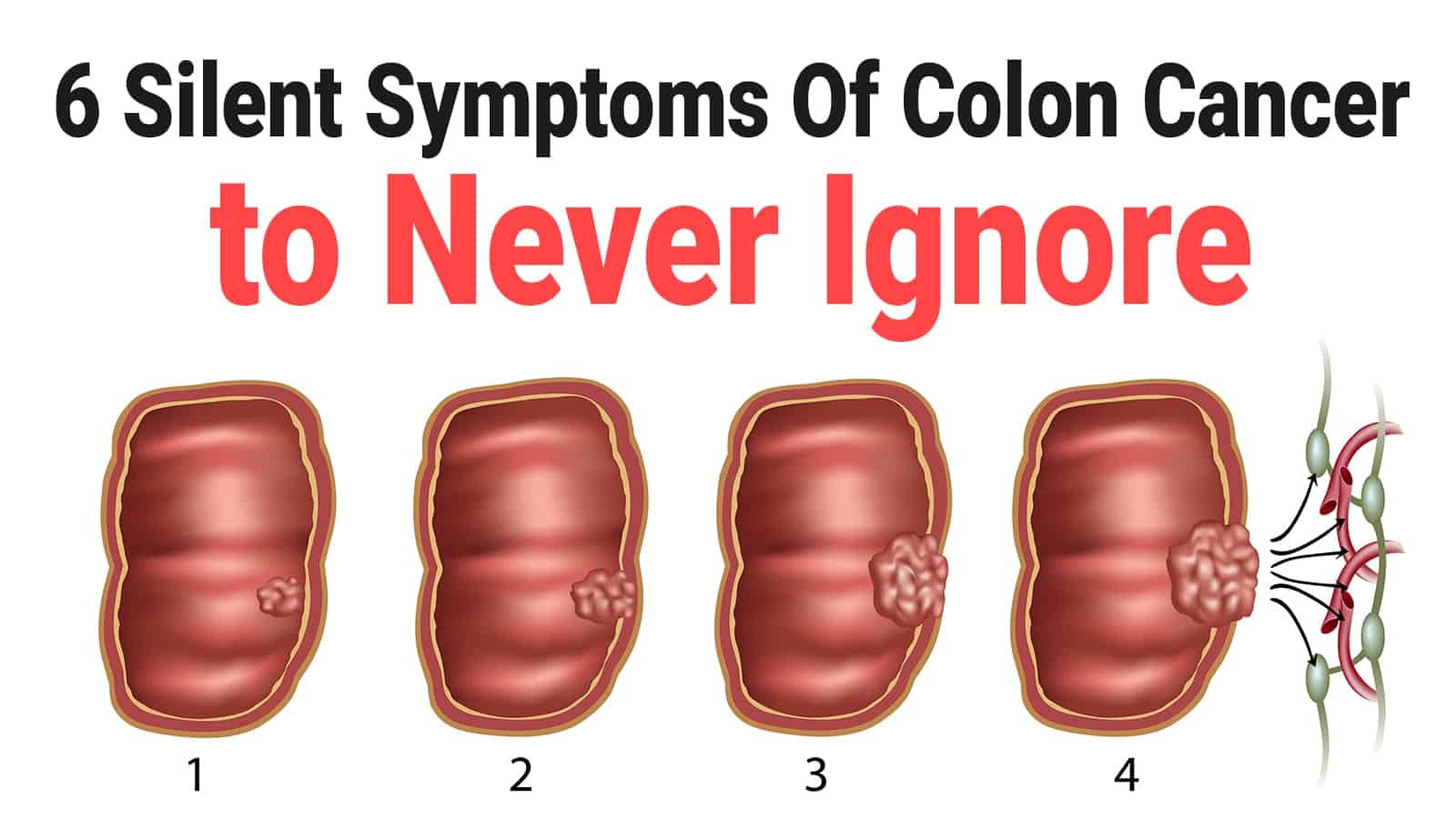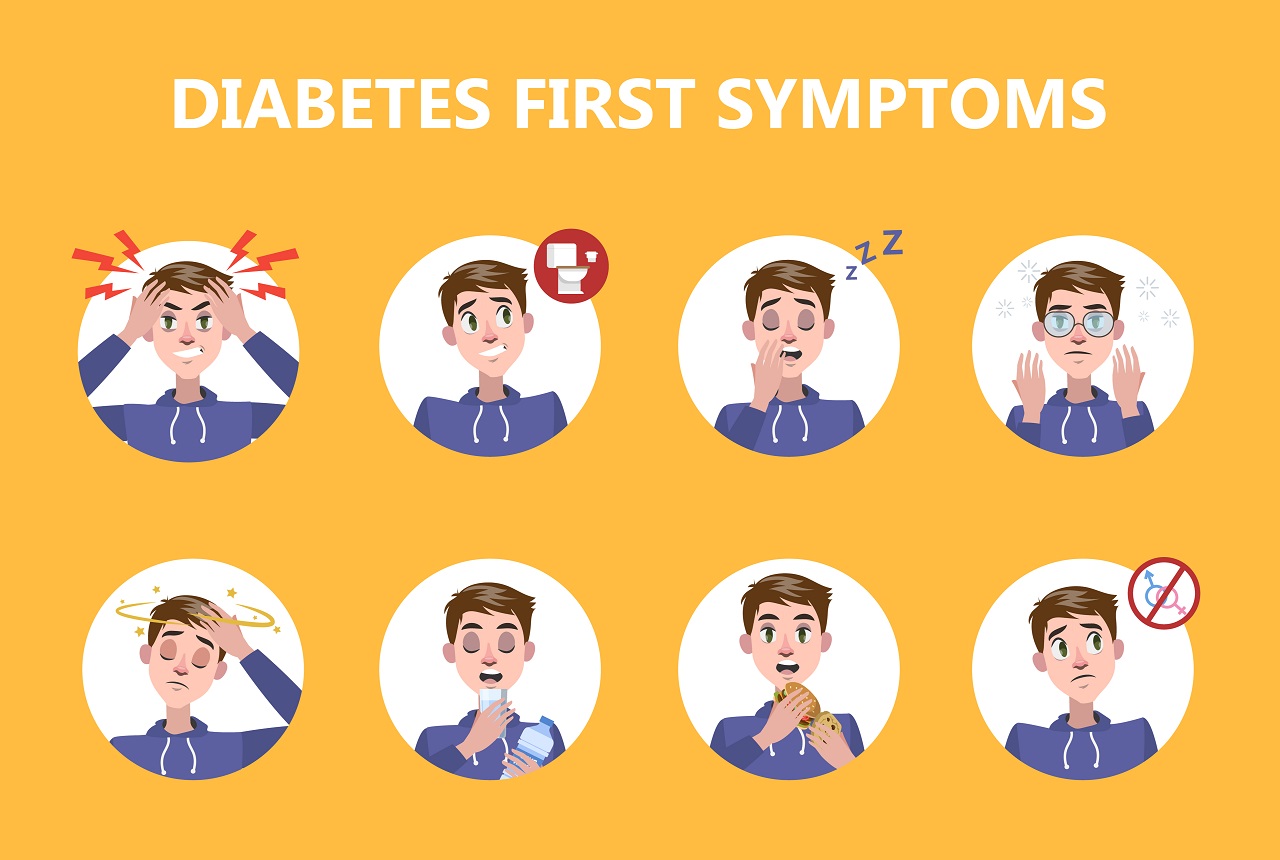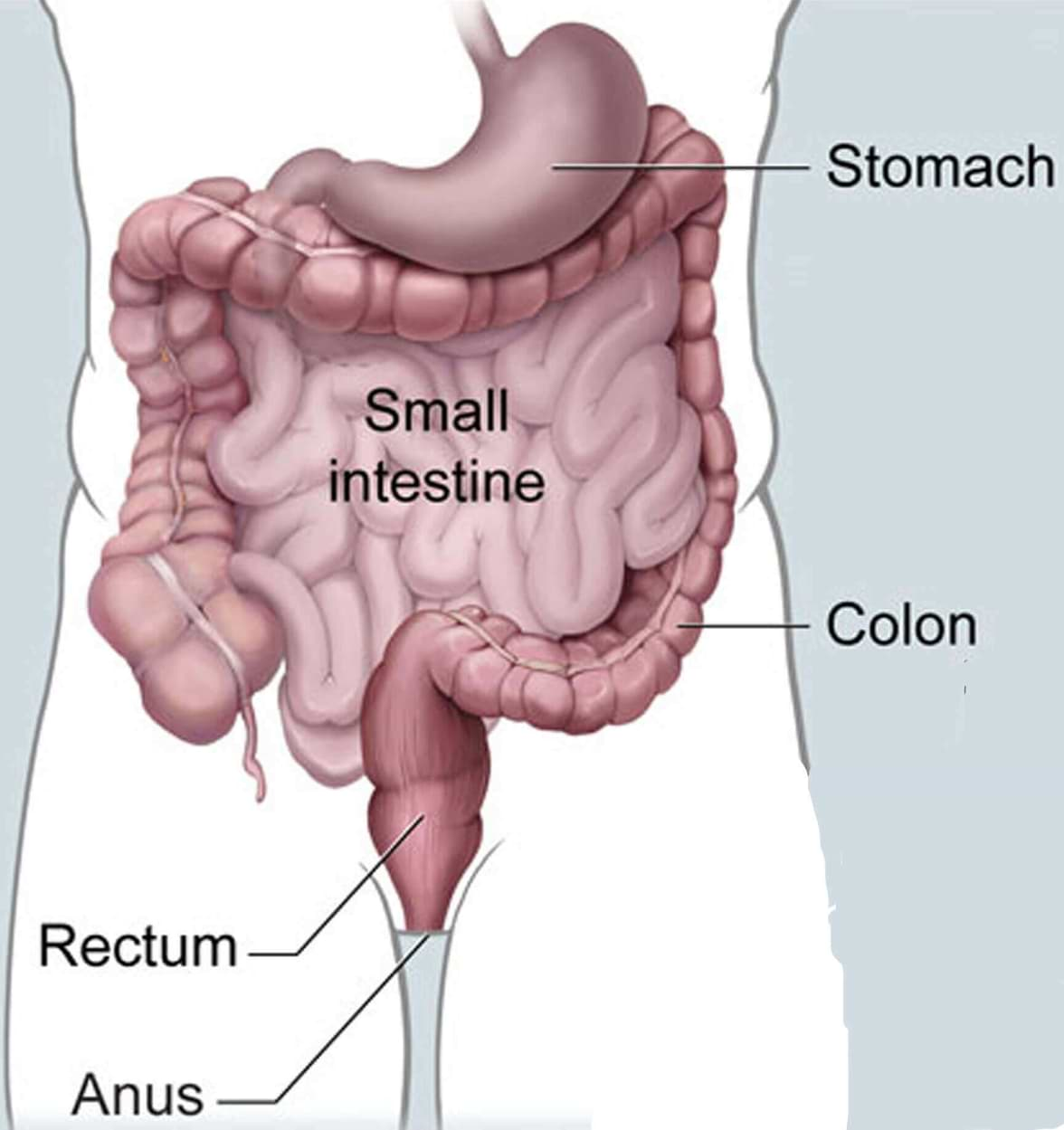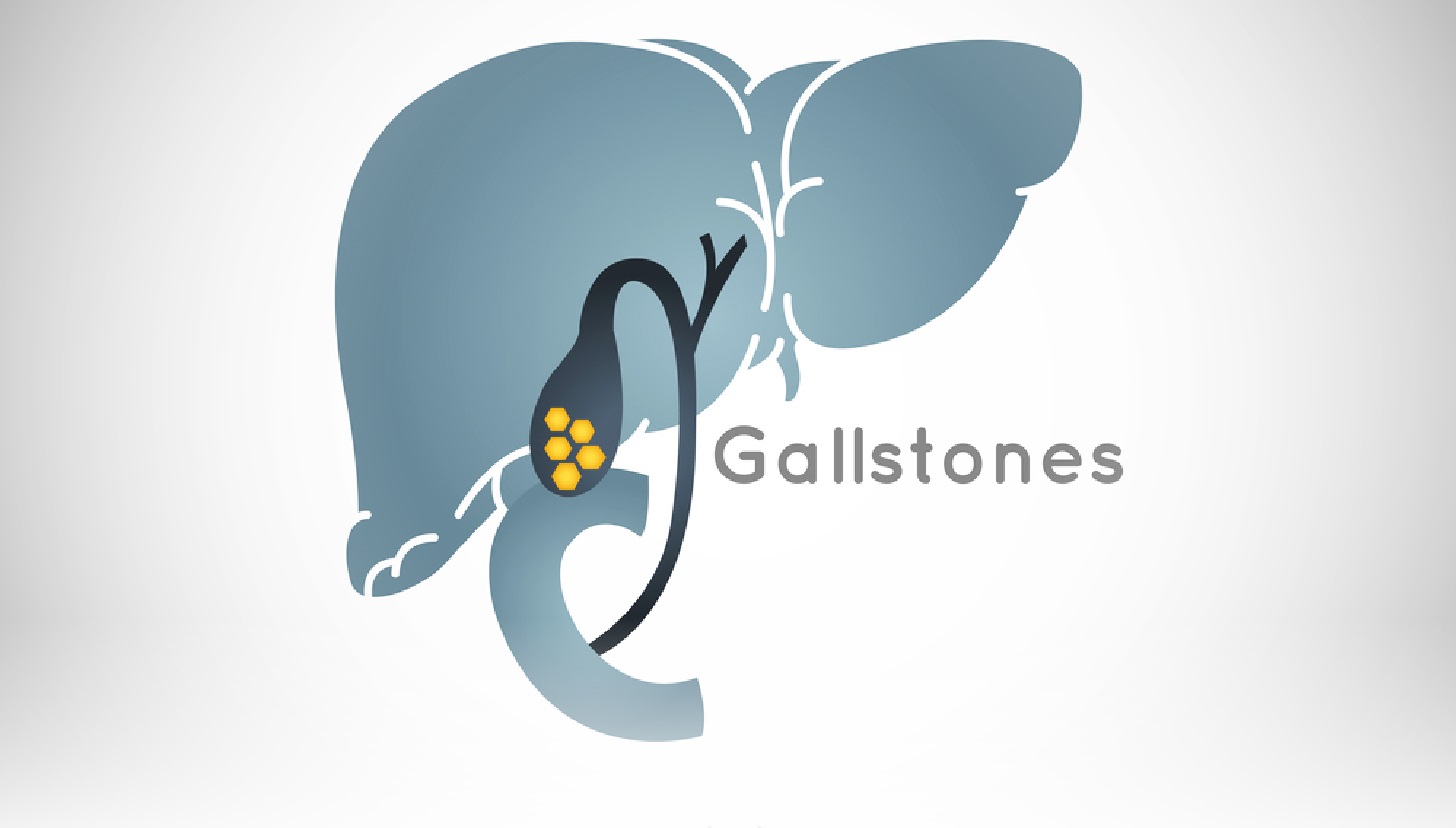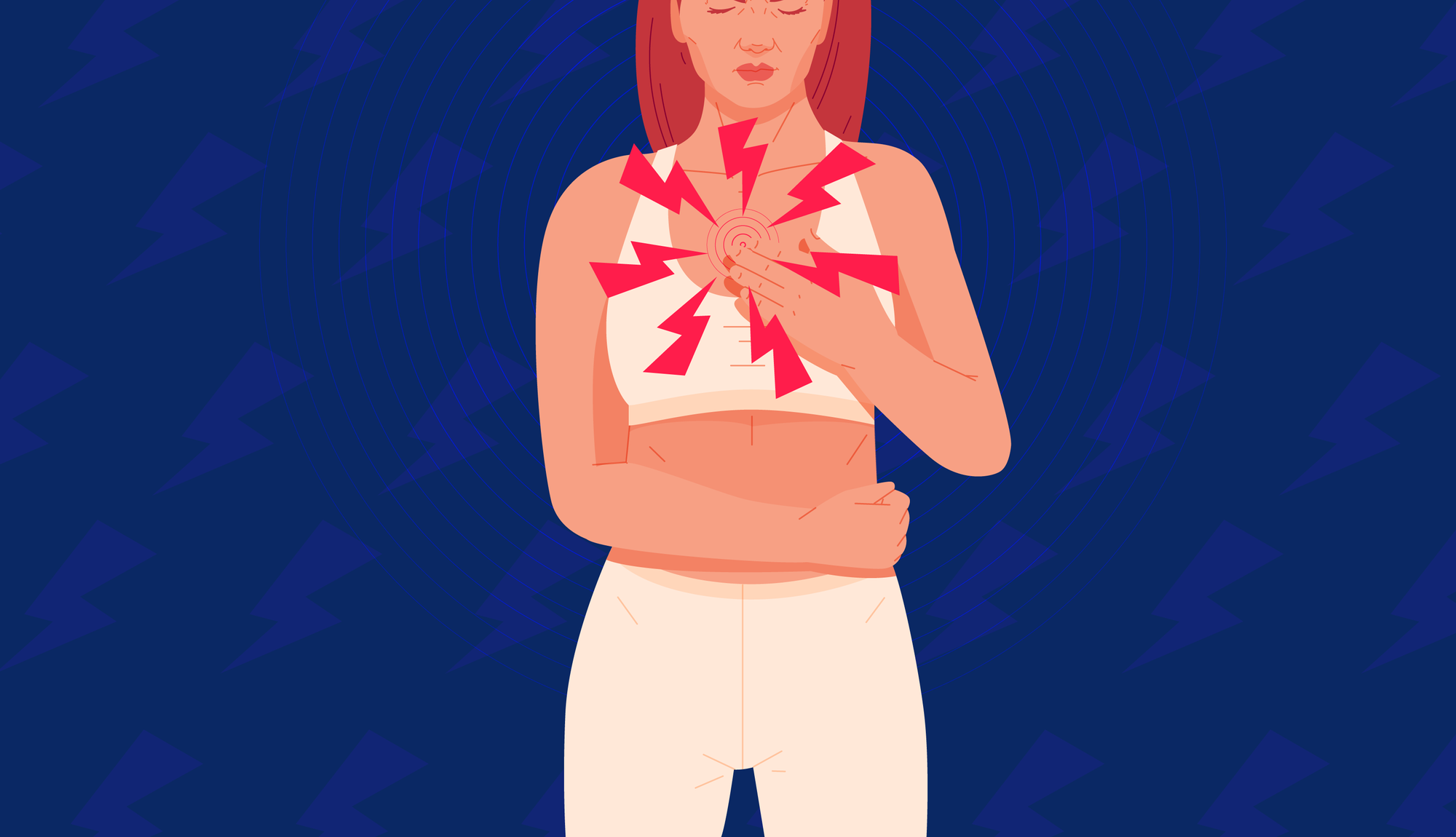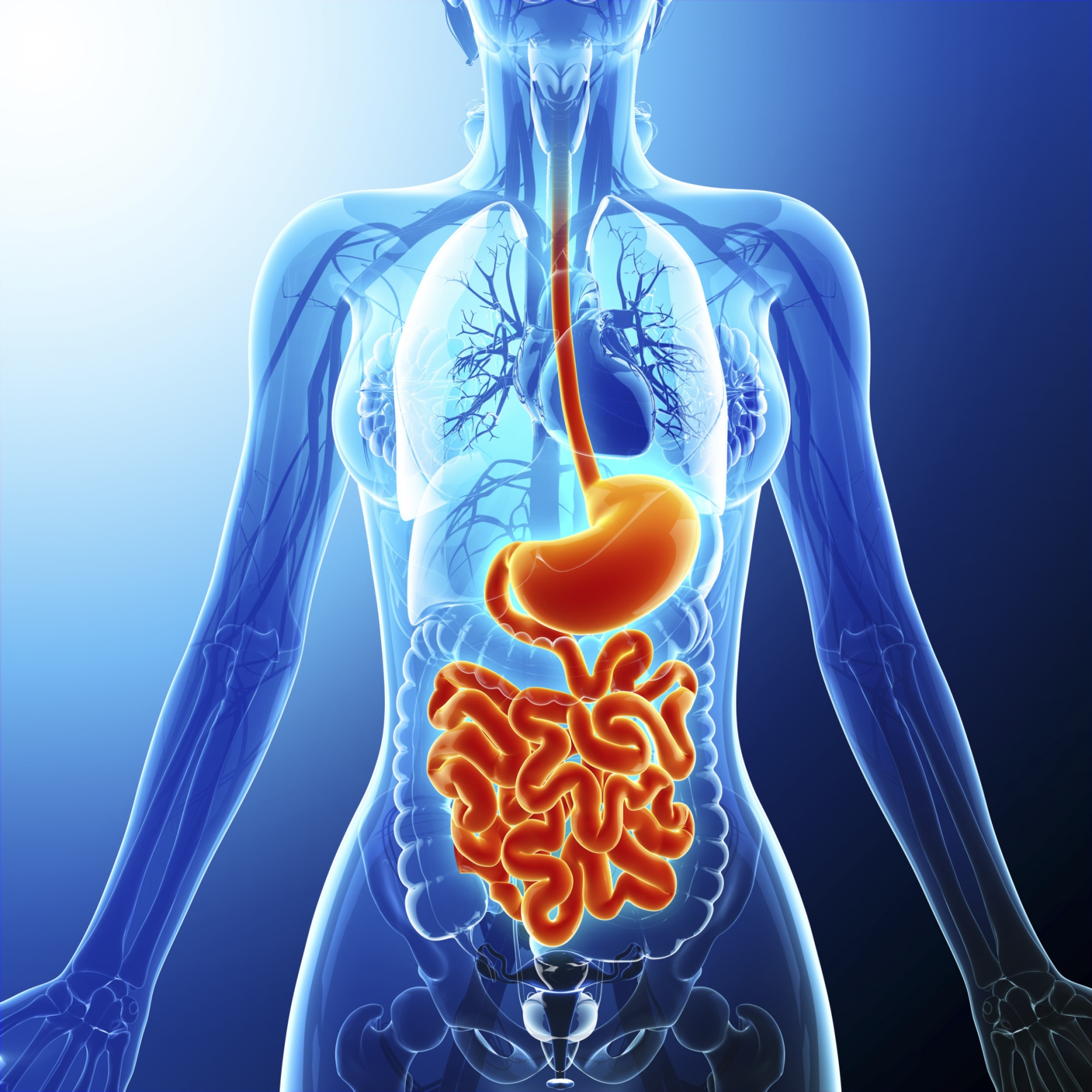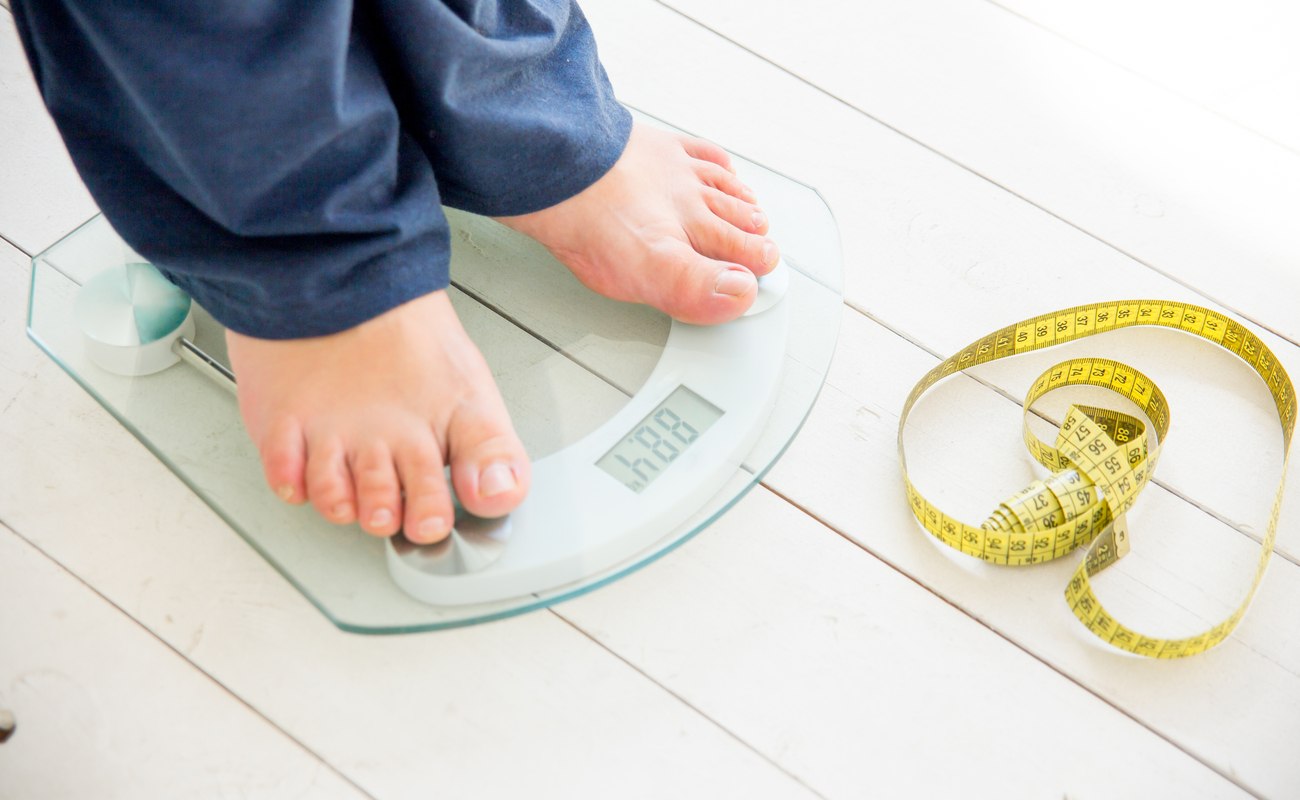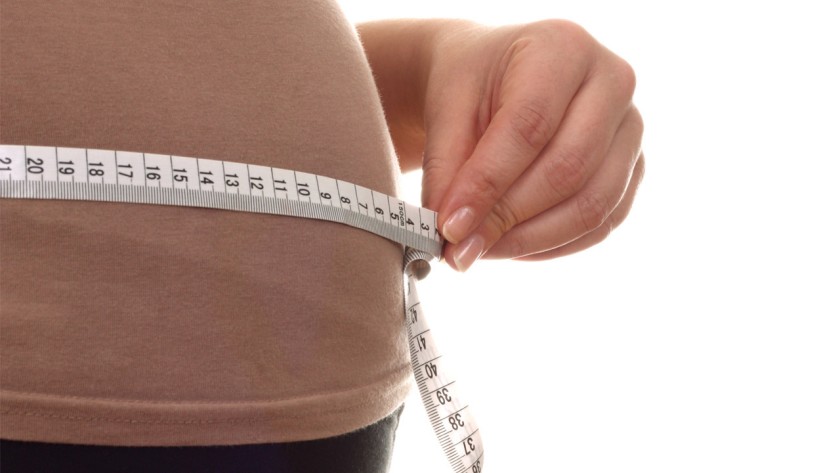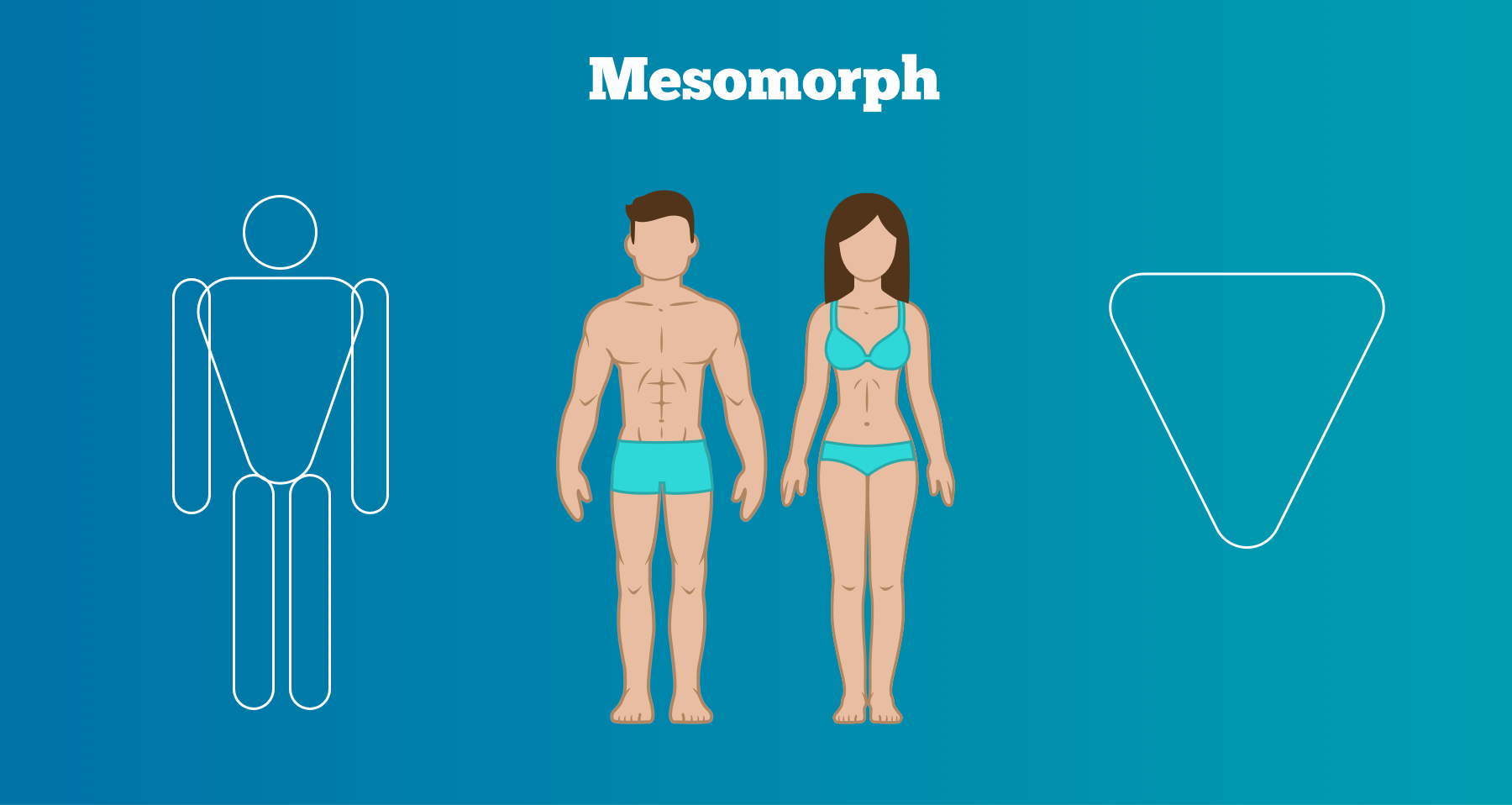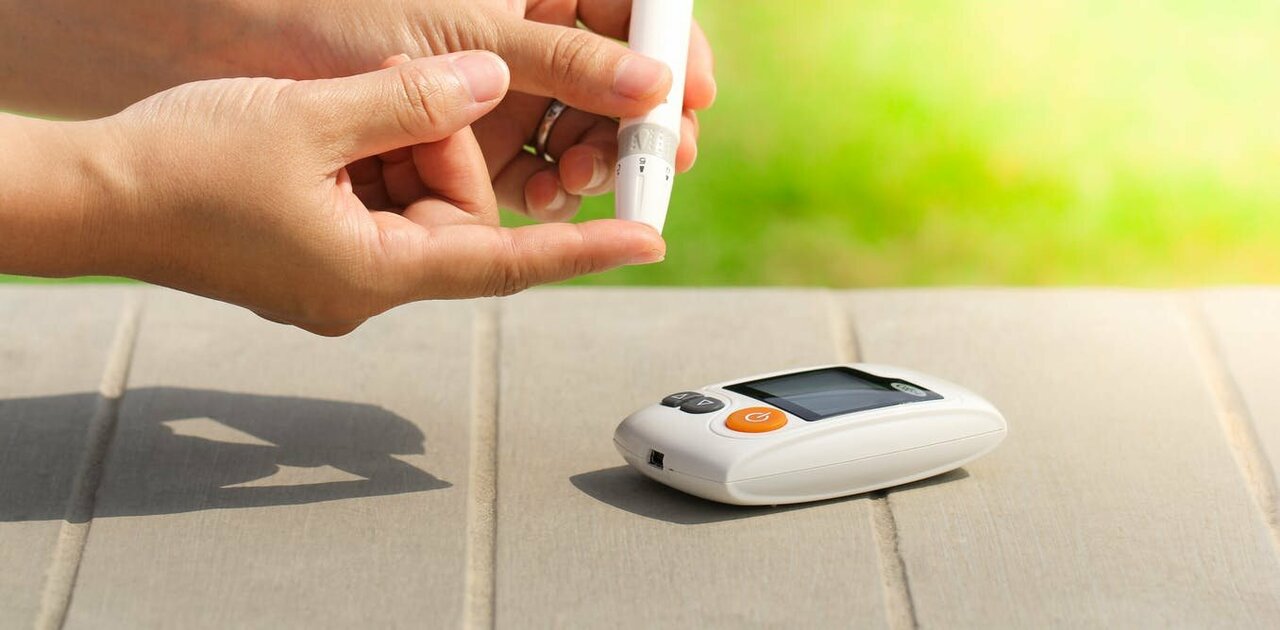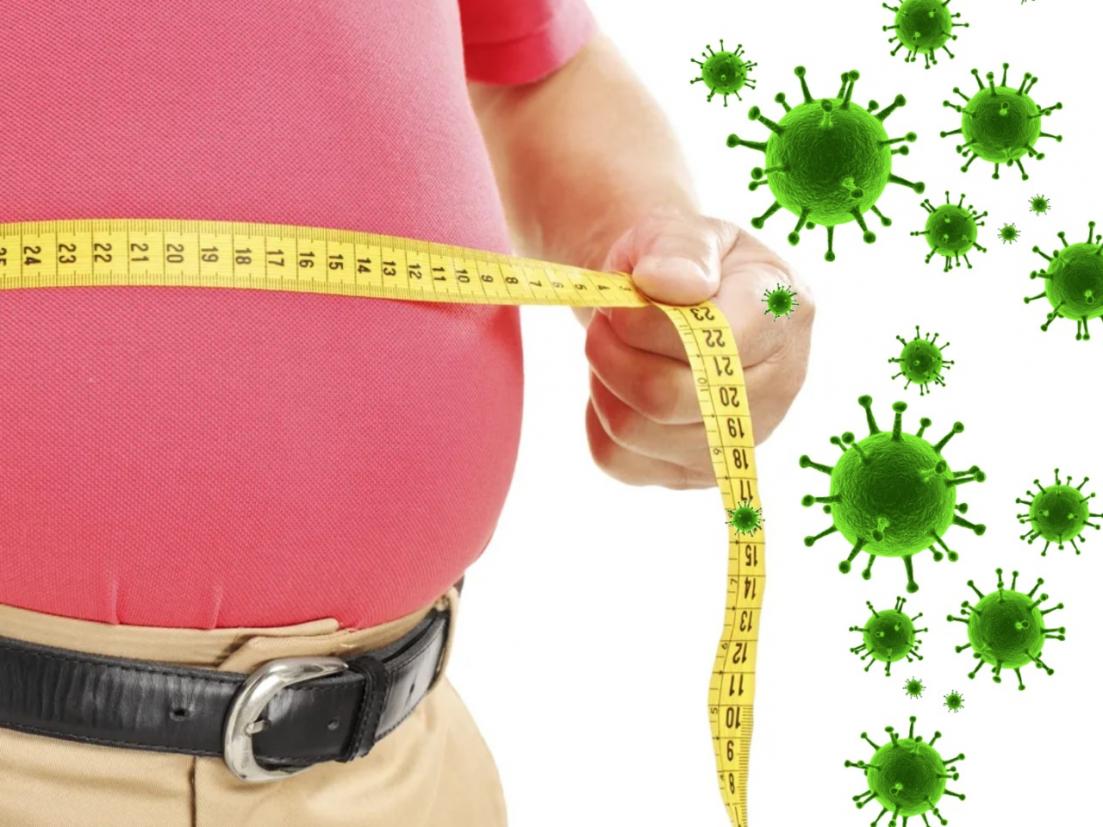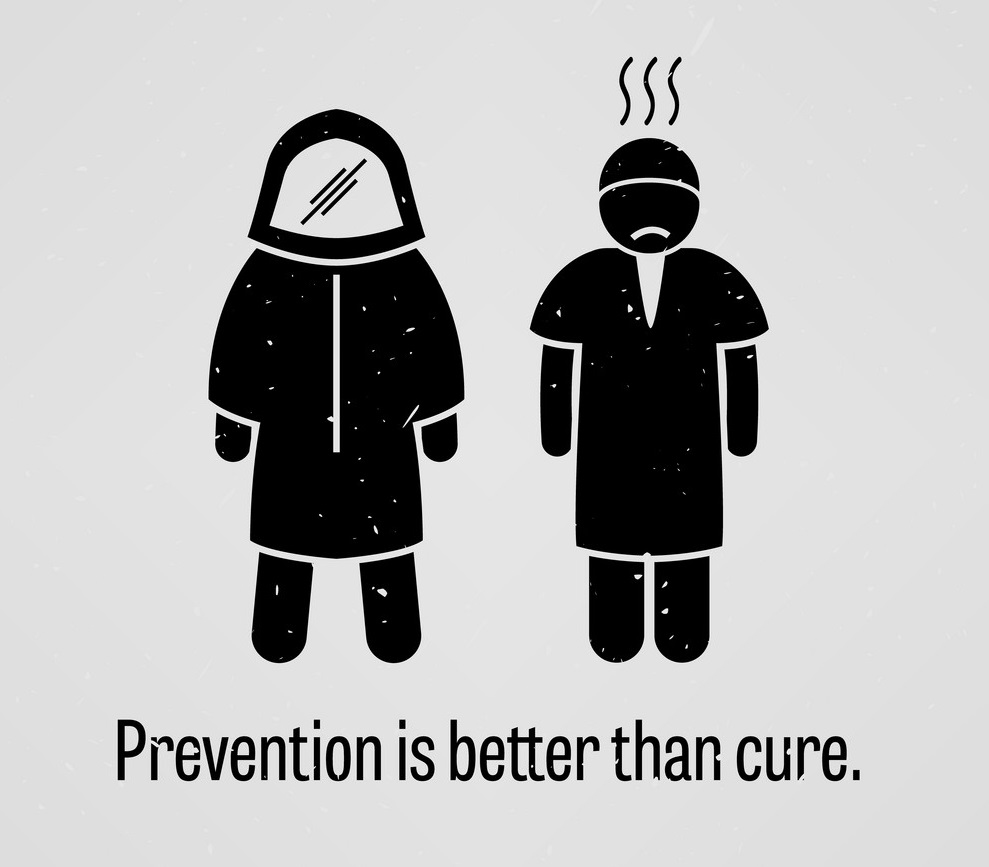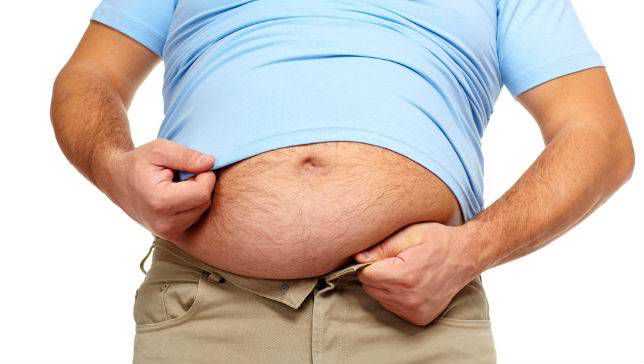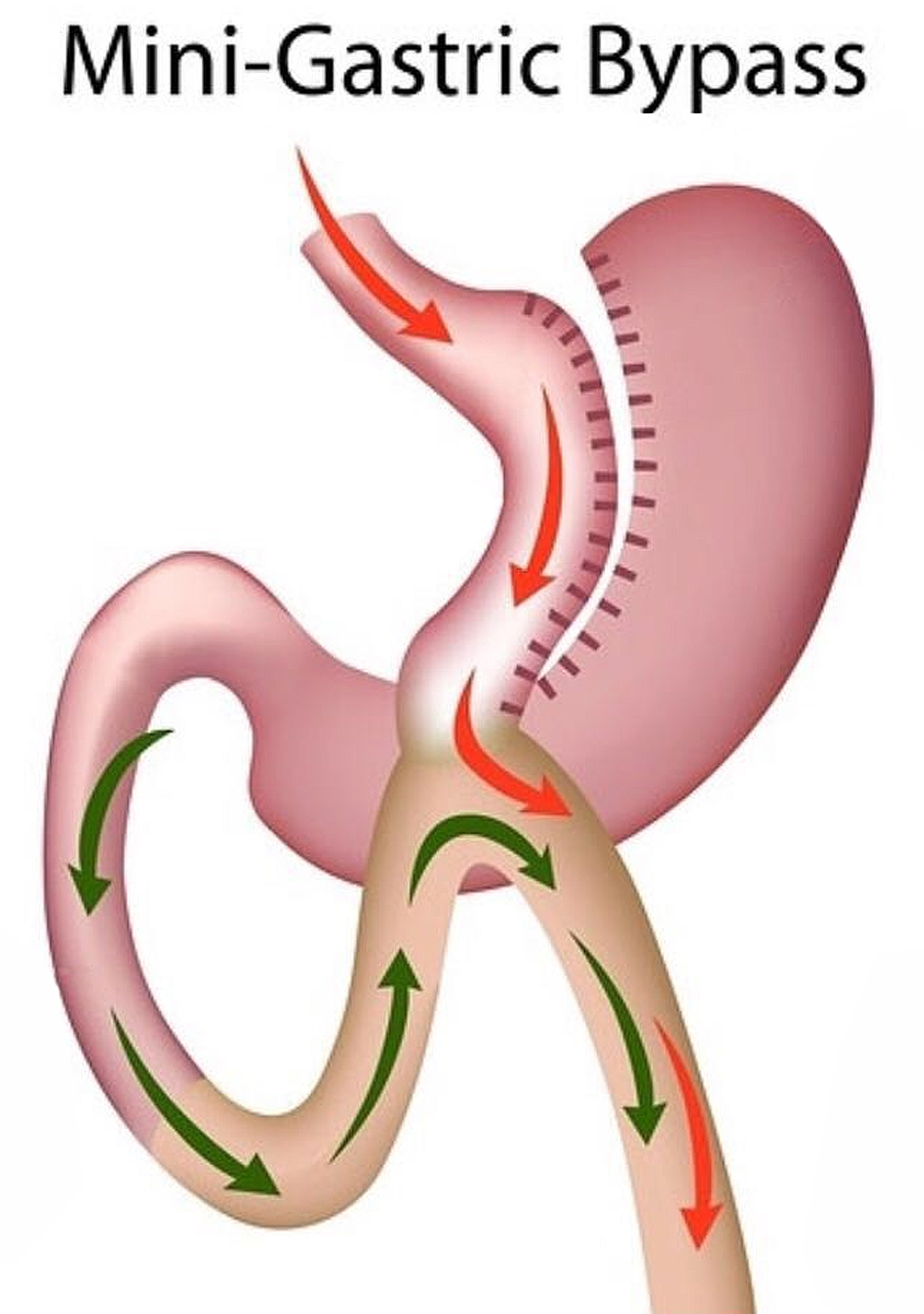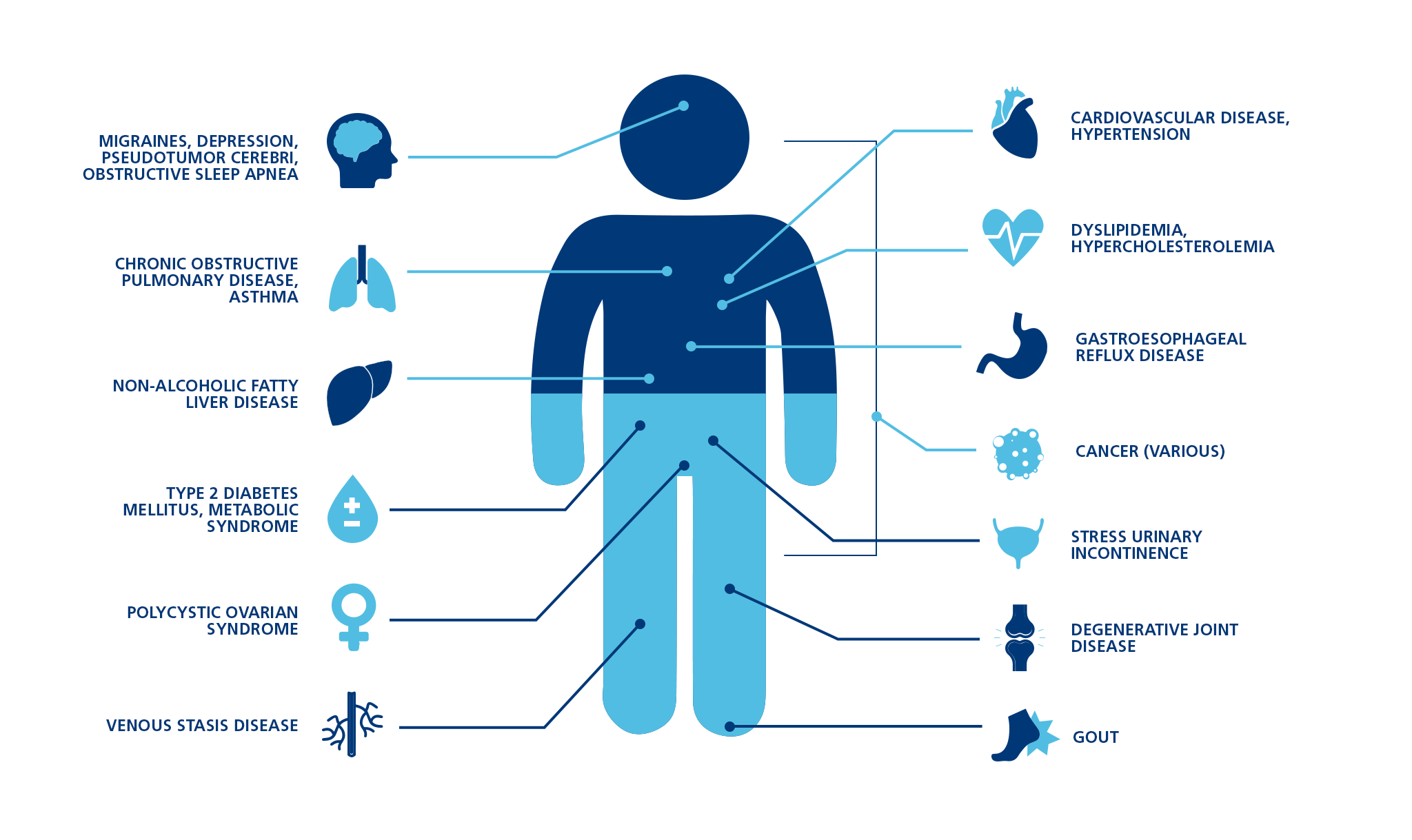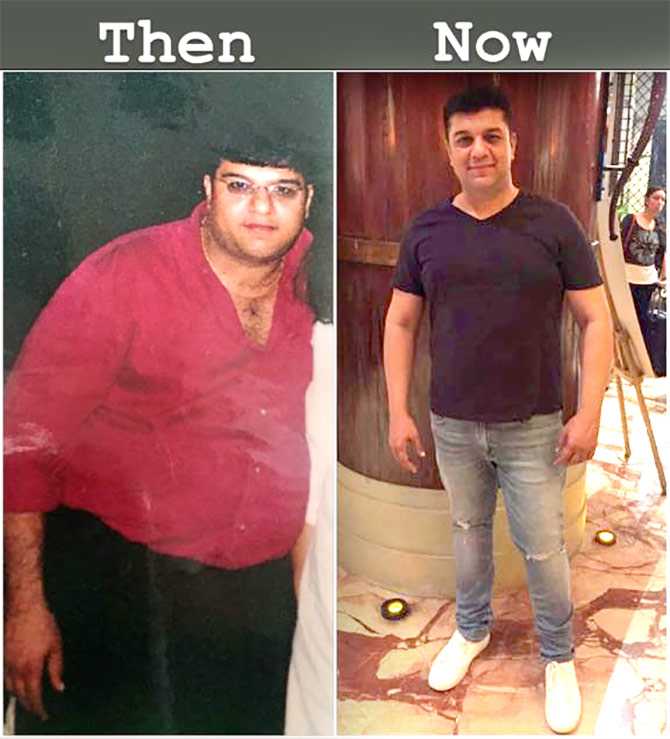Diet, Healthy Food
Surprising sources of hidden sugar
Are you skipping cookies, cake or other sweet treats to reduce your sugar intake? Give yourself credit for effort, but you’re probably still eating more sugar than you realize.
Summary: 60 Second Read
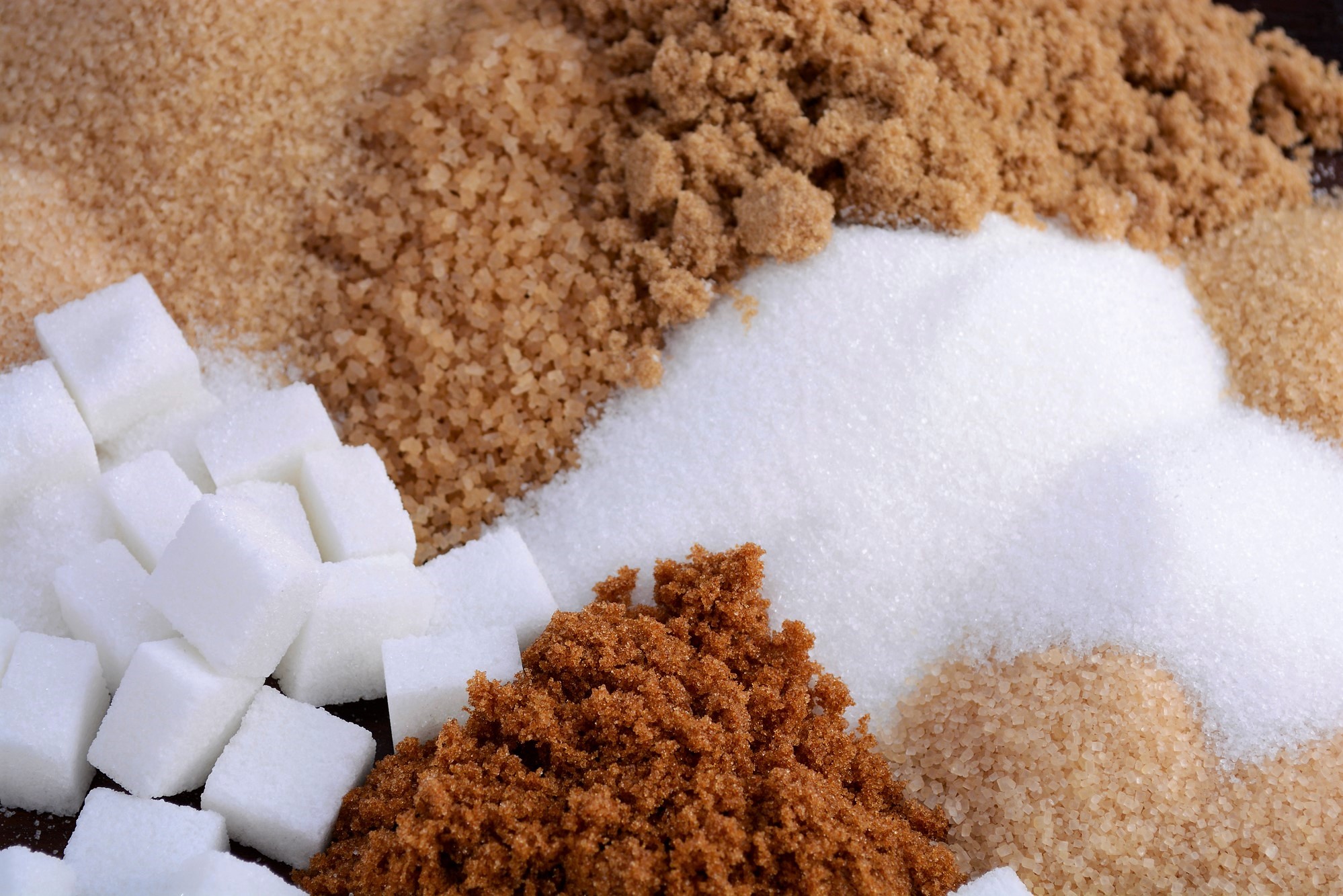
Even when you don’t add that much sugar to food yourself, could you still be eating excess sugar than what is recommended? Well, yes, because sugar is in a lot more foods than you may think.
Health Risks of Excess Sugar
A person puts ketchup on their sandwich.
This extra sugar may be adding to your waistline as well as putting your heart at risk. Research shows that excess sugar consumption can be associated with an increased risk of cardiovascular disease. Adults should have no more than 30g of free sugars a day, (roughly equivalent to 7 sugar cubes). Children aged 7 to 10 should have no more than 24g of free sugars a day (6 sugar cubes) (source). Knowing where sugar may be hiding can help you meet these goals and beat added sugar at its game of hide and seek.
Know the Names for Sugar
The nutrition facts label is required to inform you how much sugar is in a food. However, the label does not separate the amounts of naturally occurring sugar from added sugar. Sugar is found naturally in many nutritious foods, such as fruits and vegetables. But, you have to be a bit more savvy with locating foods that contain added sugar. There are more than 60 names for added sugar.
To identify added sugars, look at the ingredients list. Some major clues that an ingredient is an added sugar include:
- It has syrup (examples: corn syrup, rice syrup)
- The word ends in “ose” (examples: fructose, sucrose, maltose, dextrose)
- “Sugar” is in the name (examples: raw sugar, cane sugar, brown sugar, confectioners sugar)
Other examples of added sugar include fruit nectars, concentrates of juices, honey, agave and molasses.
4 Foods With Hidden Sugar
Most people are able to identify desserts and candy as having added sugar, but what about less obvious sources? Some foods that most people would consider “healthy” may actually have a lot of added sugar in them, such as:
Breakfast cereal
Just because it says “whole grain” or “fortified with vitamins and minerals” doesn’t mean there’s no sugar.
Health tip: Try to choose a cereal with 10–12 grams or less of sugar per serving. Granola and granola bars can be heavy sources of added sugars, so check their labels.
Yogurt
If you like flavored yogurt, peek at the nutrition facts label. You may be shocked at the amount of sugar you are eating.
Health tip: Try looking around and experimenting with other, less sugary yogurts. You can always get a plain yogurt and add your own fruit!
Condiments
Sometimes your food just needs a little extra kick, but keep in mind that it might cost you in your sugar consumption. Ketchup, barbecue sauce, hoisin sauce, teriyaki sauce, salad dressings and relish all have added sugars that mount up.
Beverages
Drinking high levels of sugar-sweetened carbonated beverages is associated with a higher risk of coronary artery disease in adults without a history of cardiovascular disease, cancer or diabetes.
Health tip: Be careful and read the nutrition facts label when choosing carbonated beverages, flavored milks and sports drinks.
Be sure to talk to your doctor or a dietitian if you make changes to your diet.

